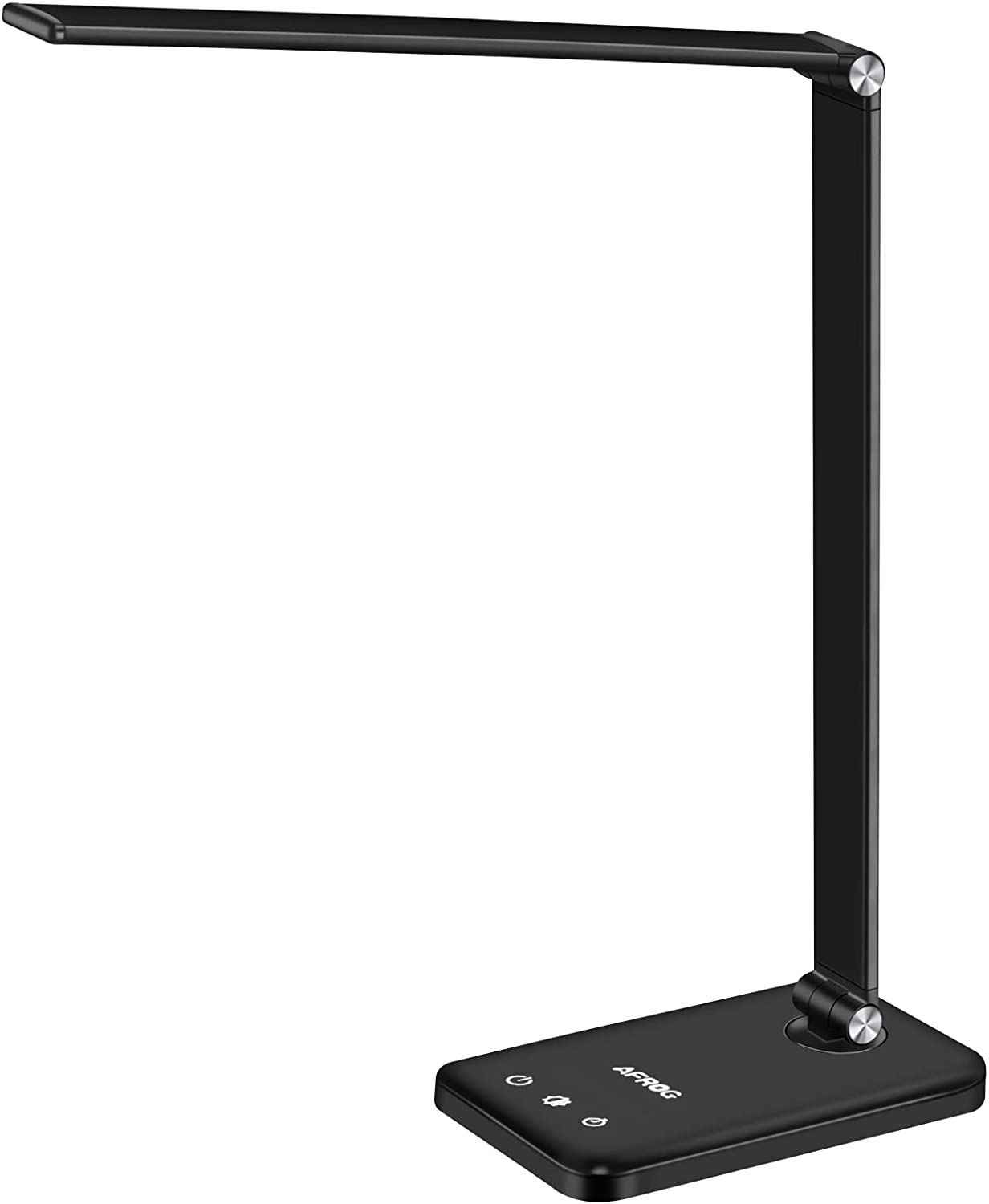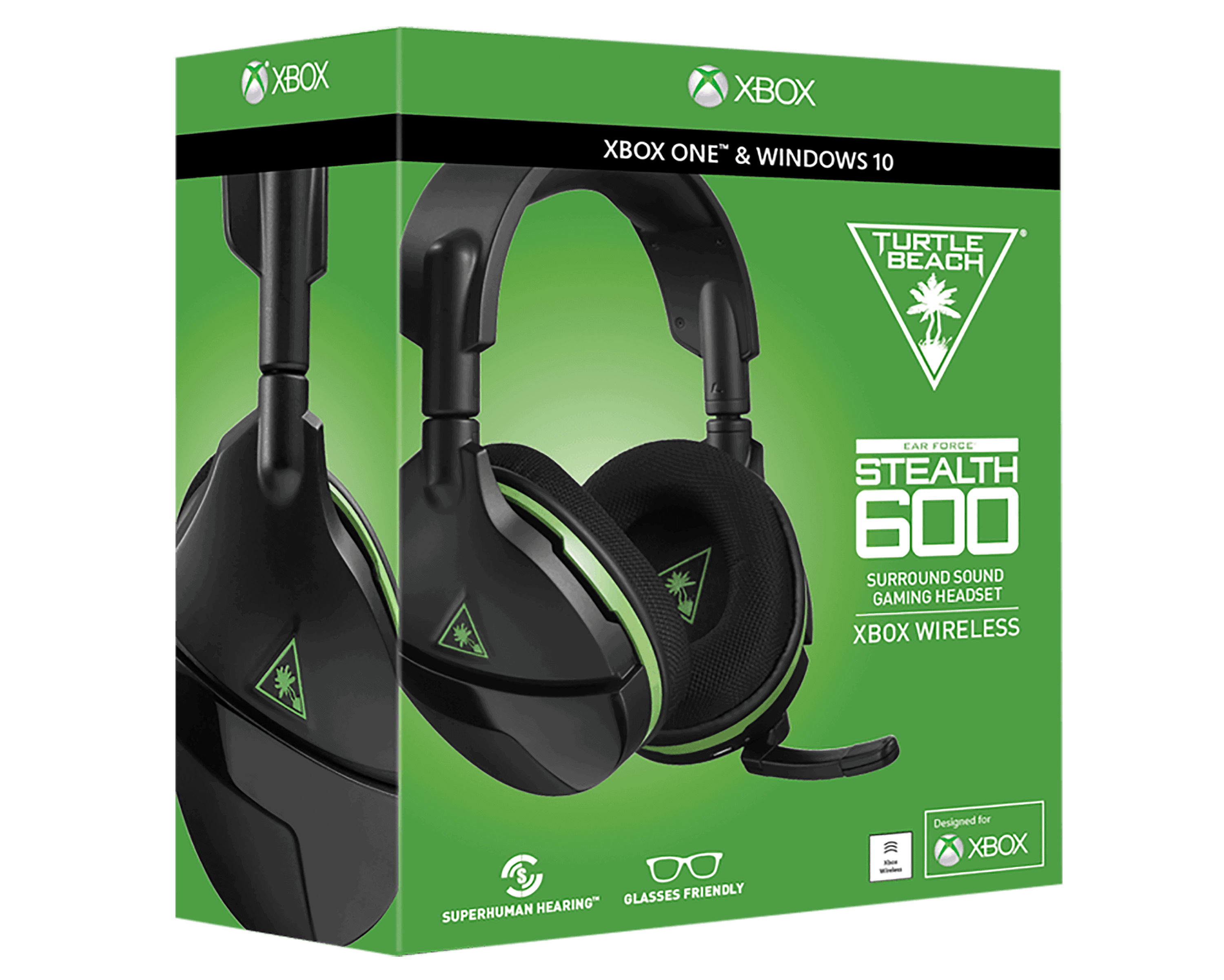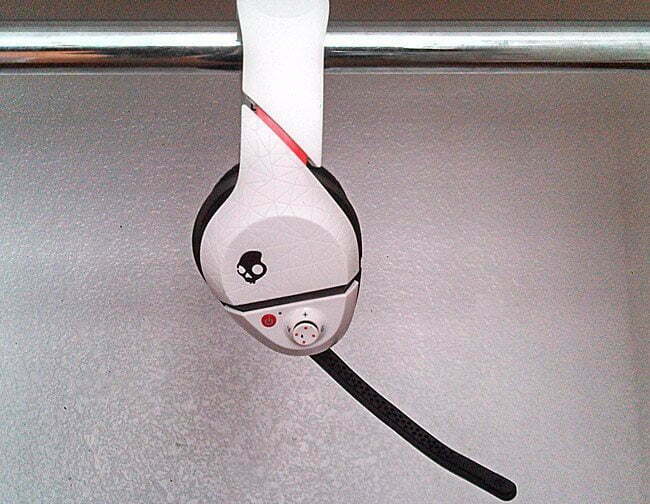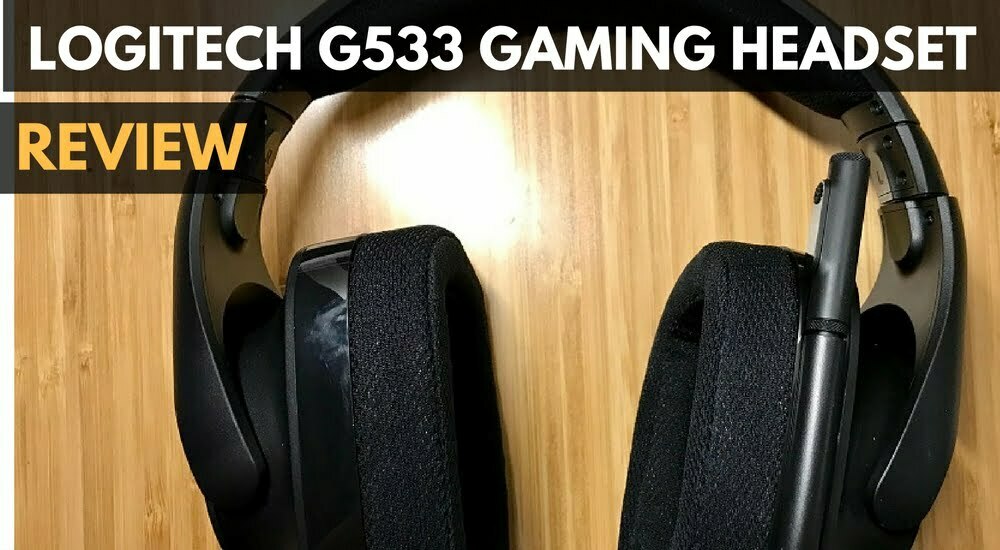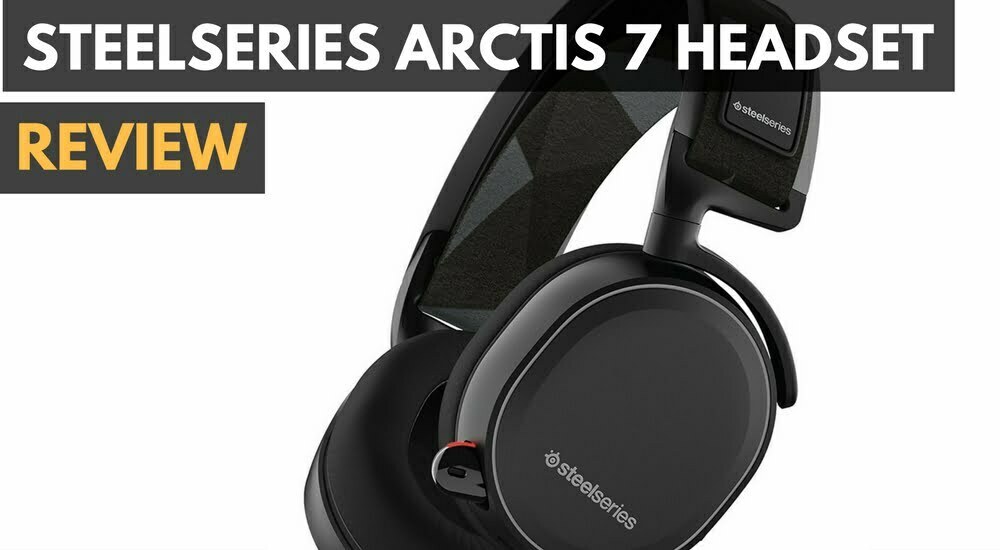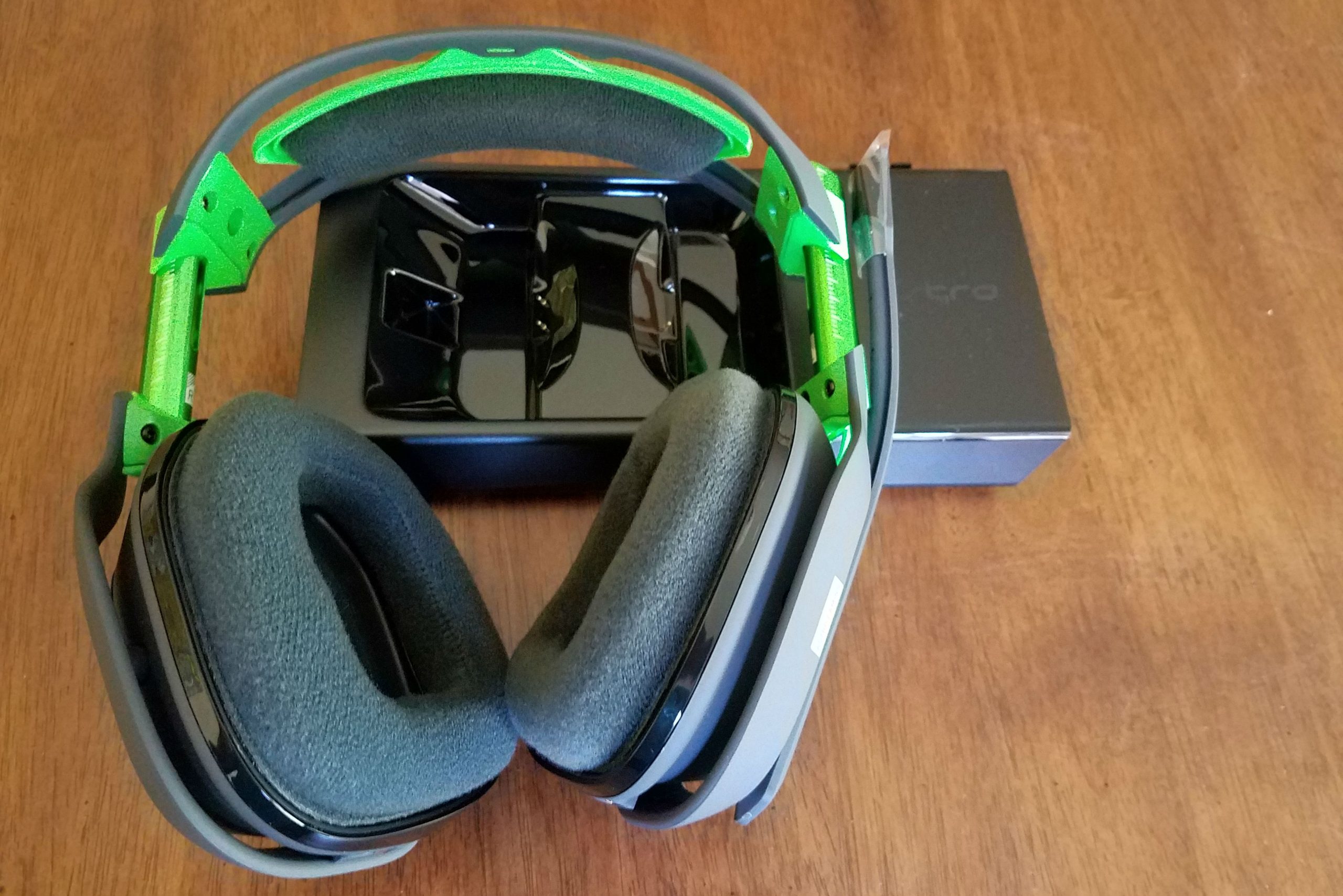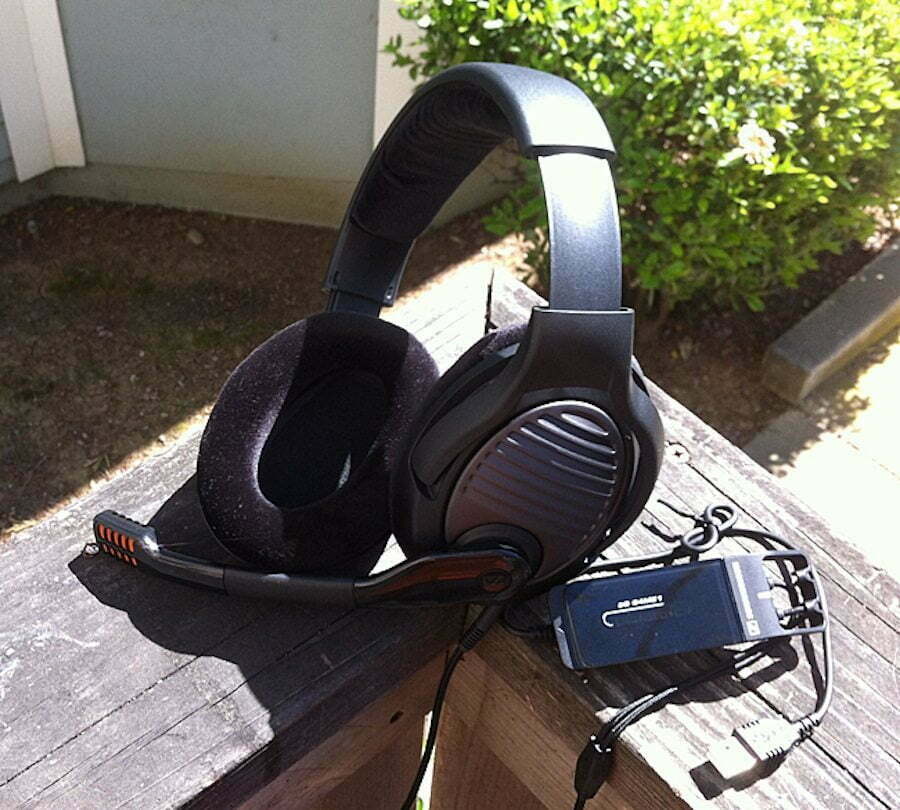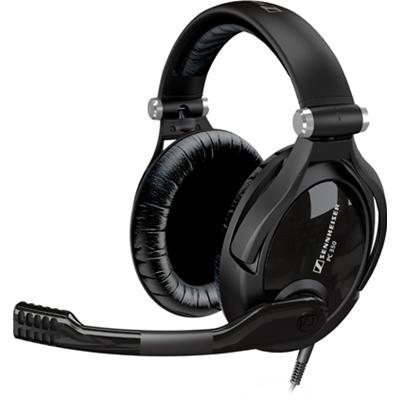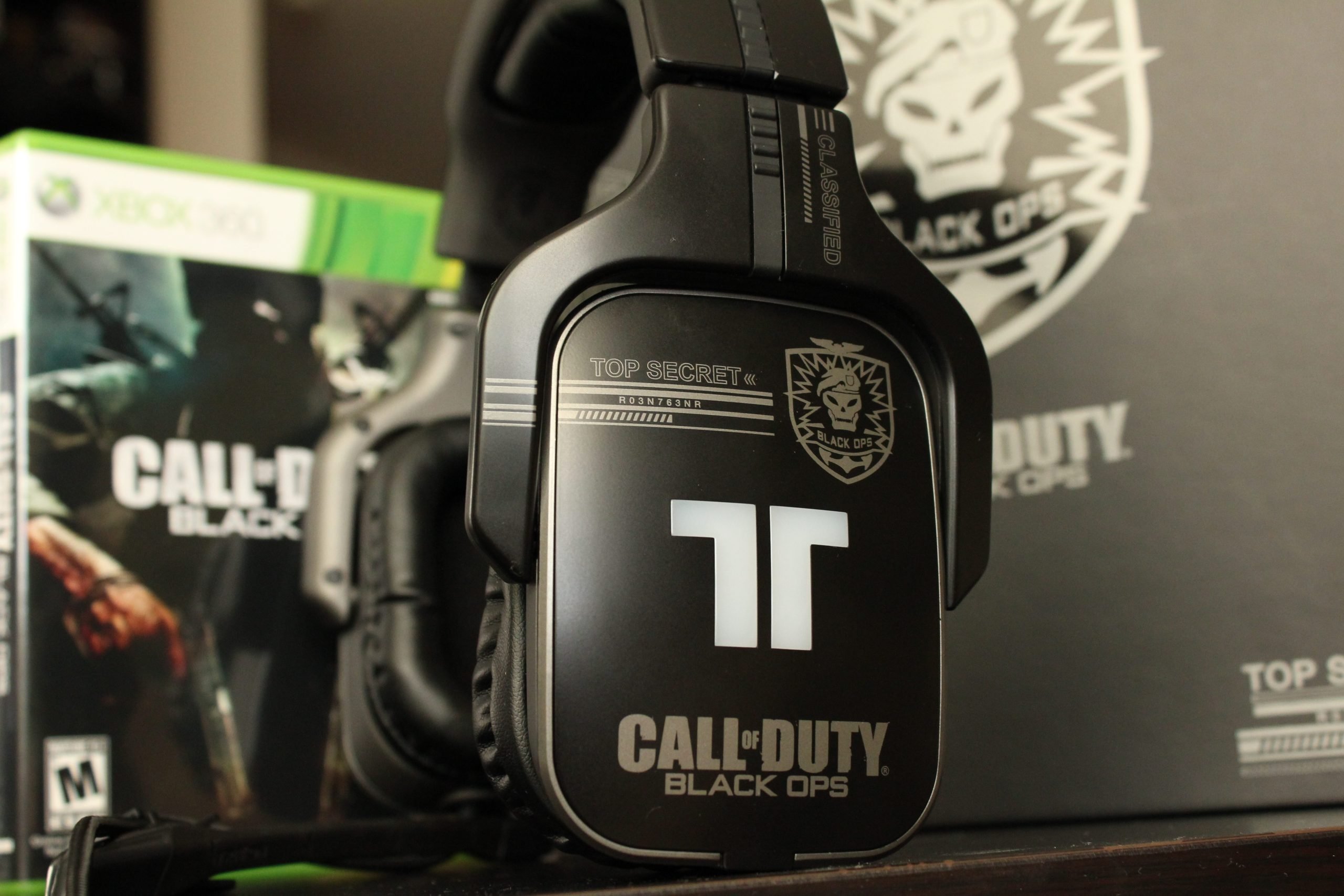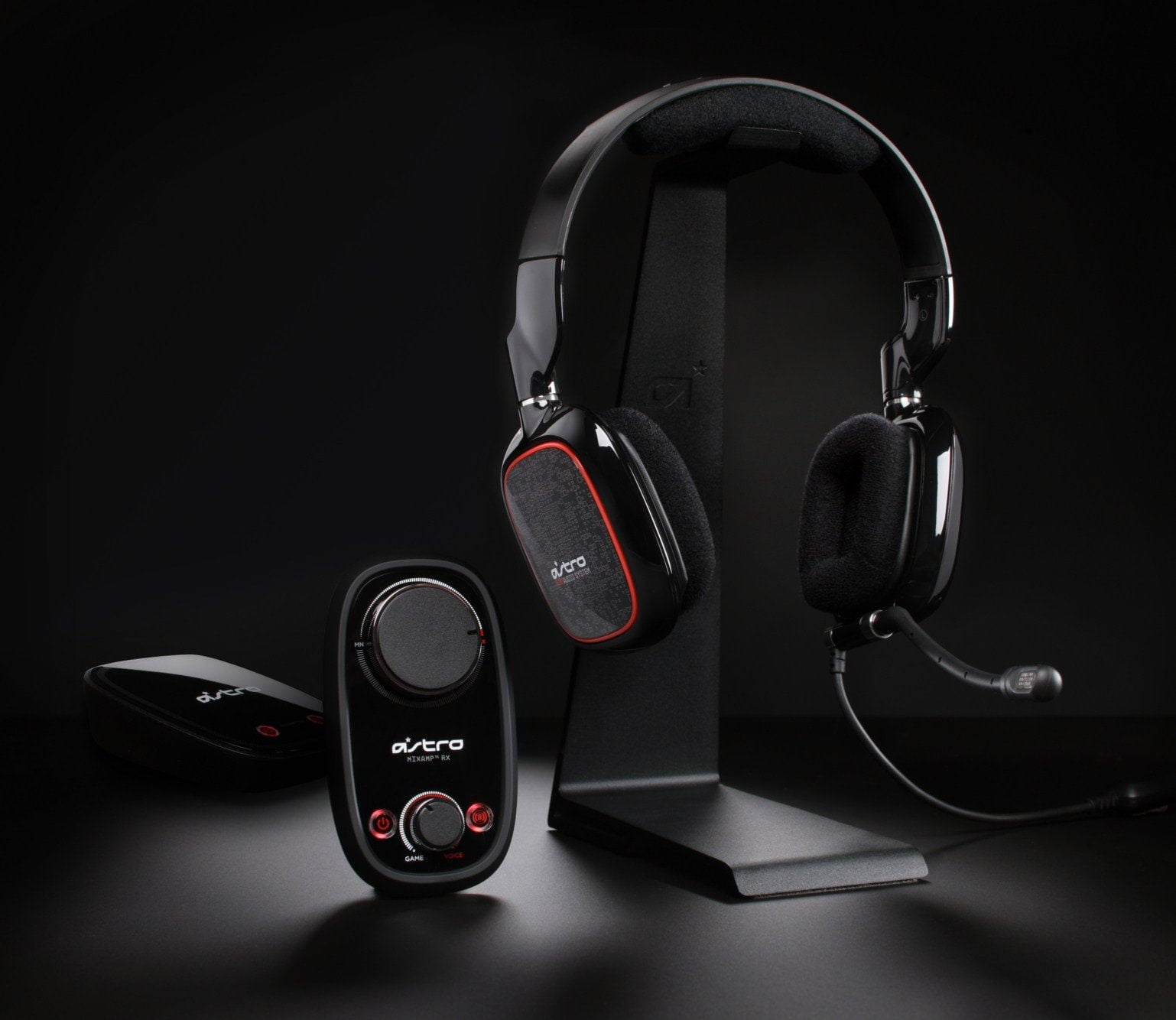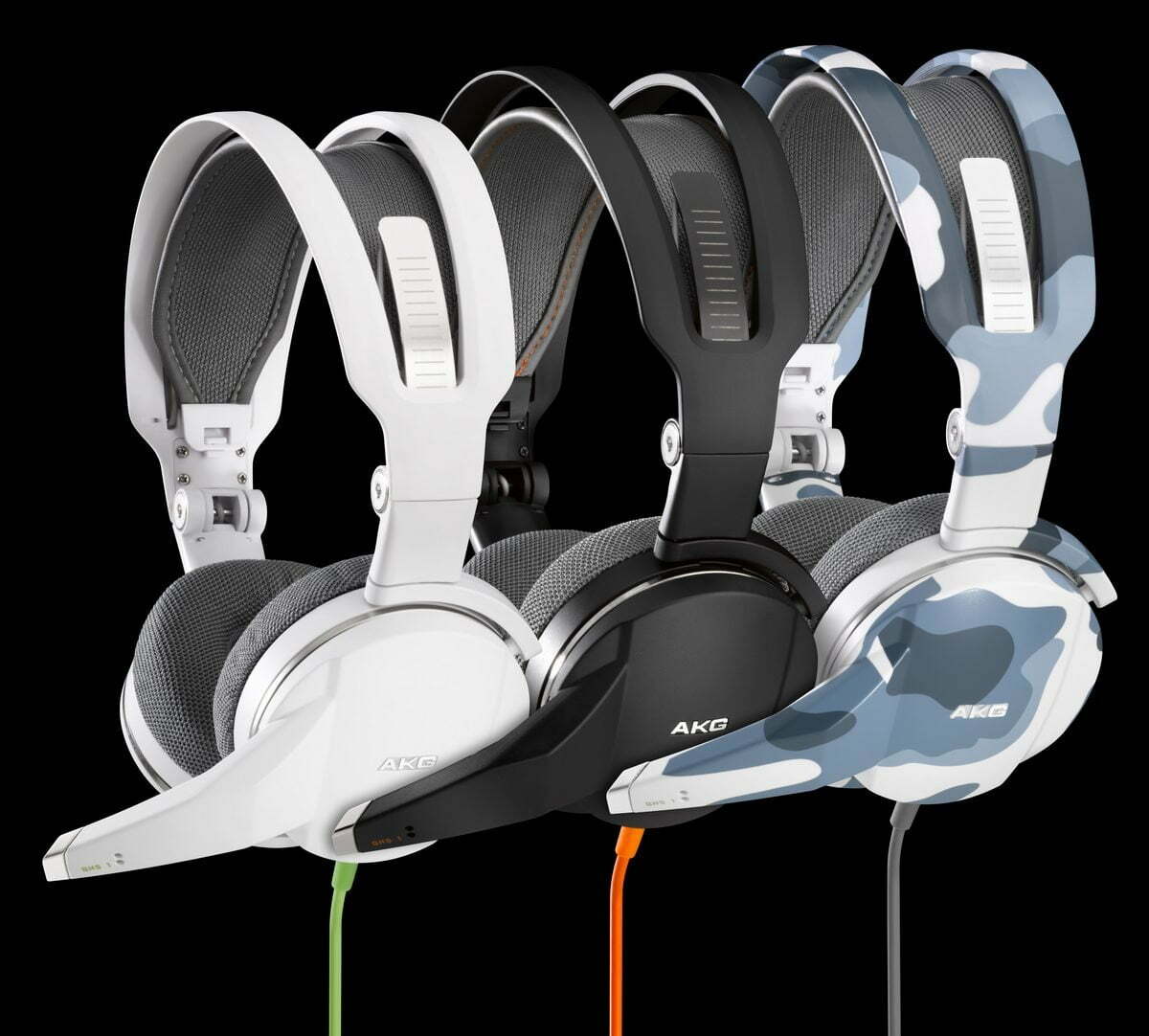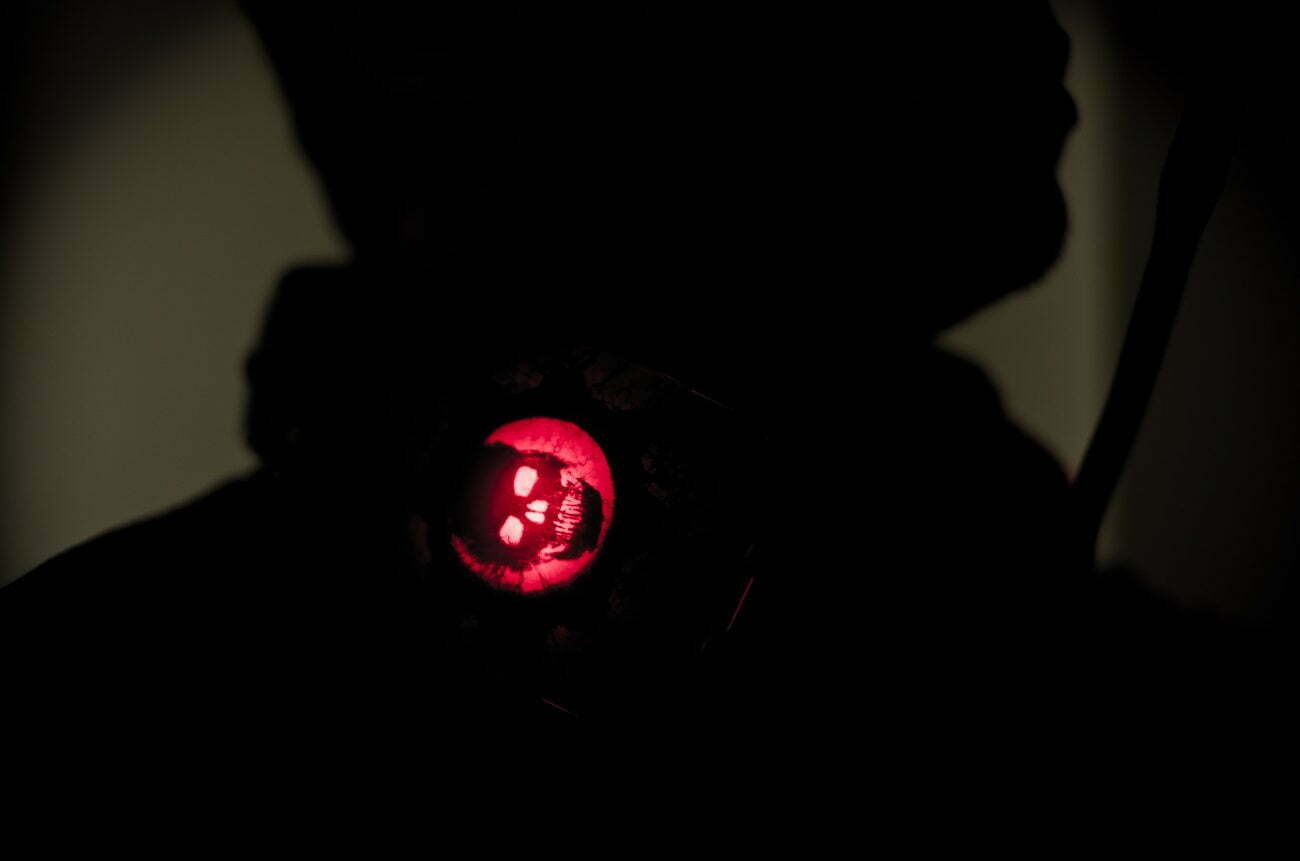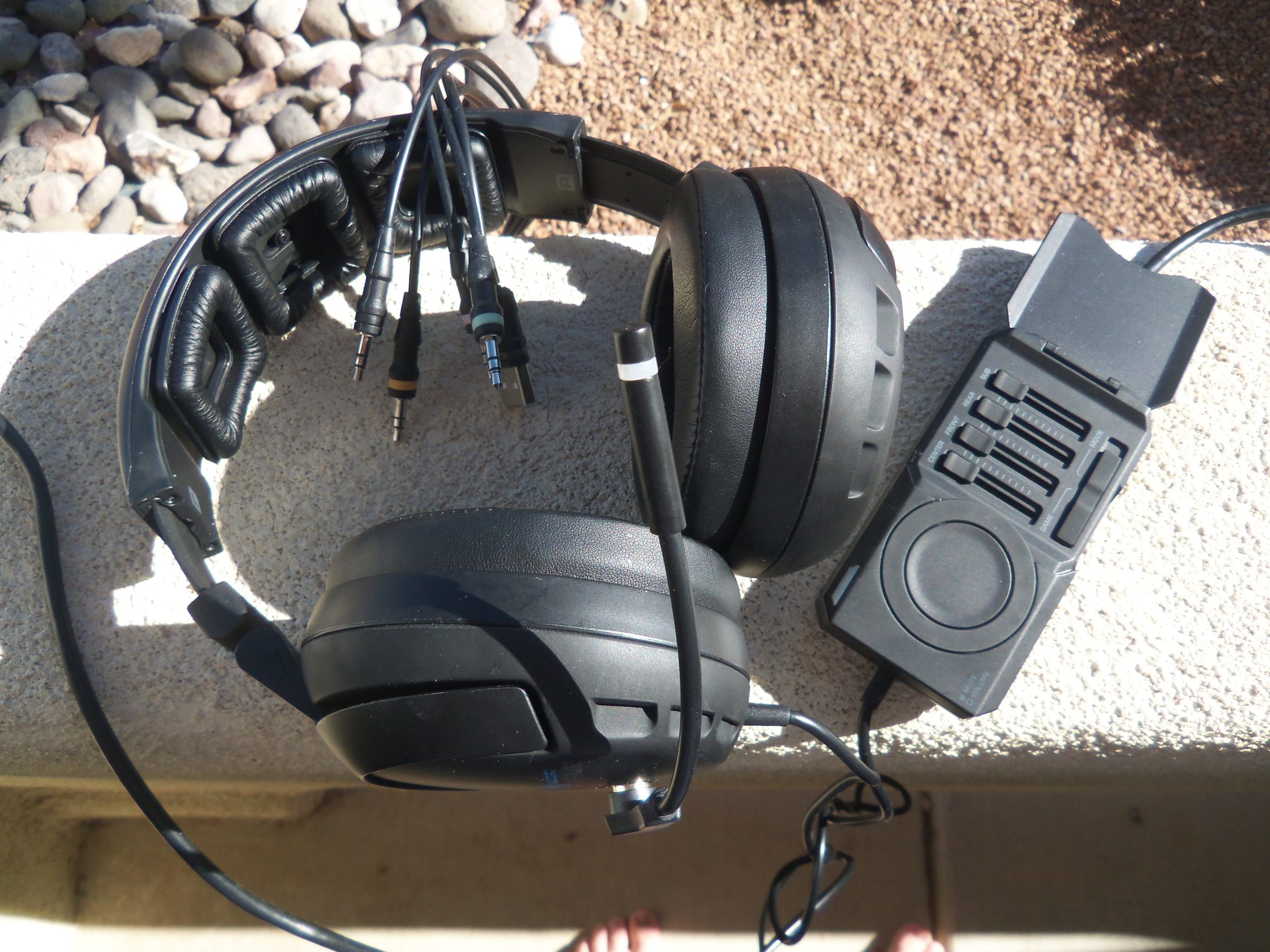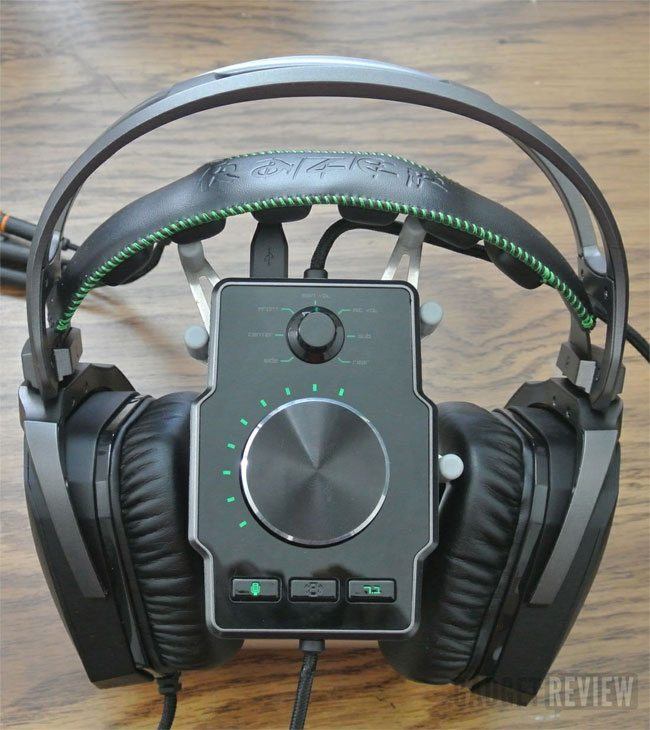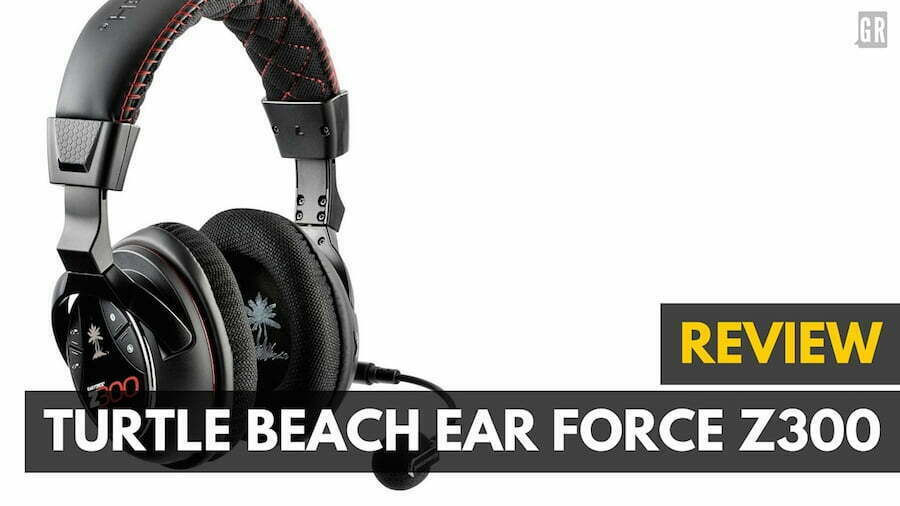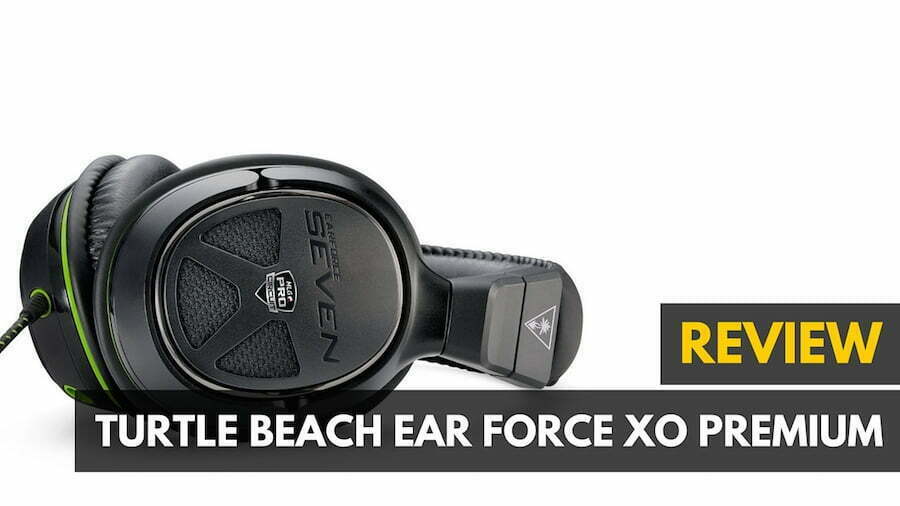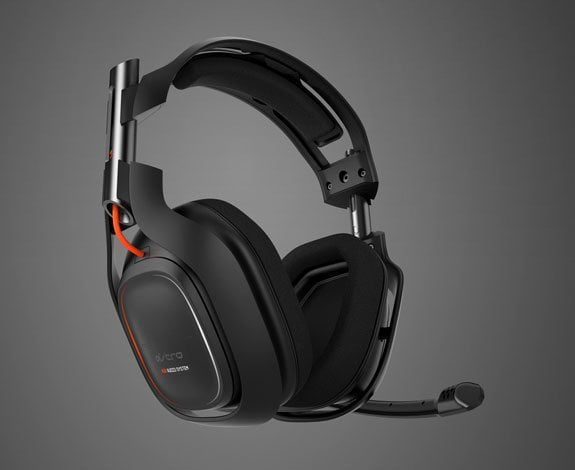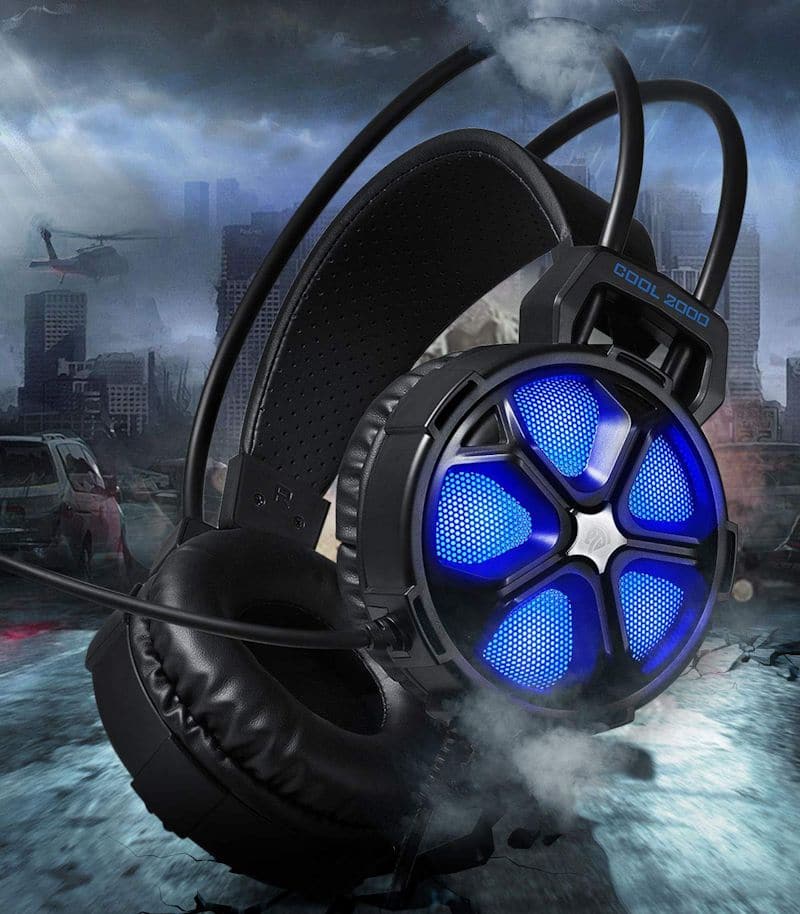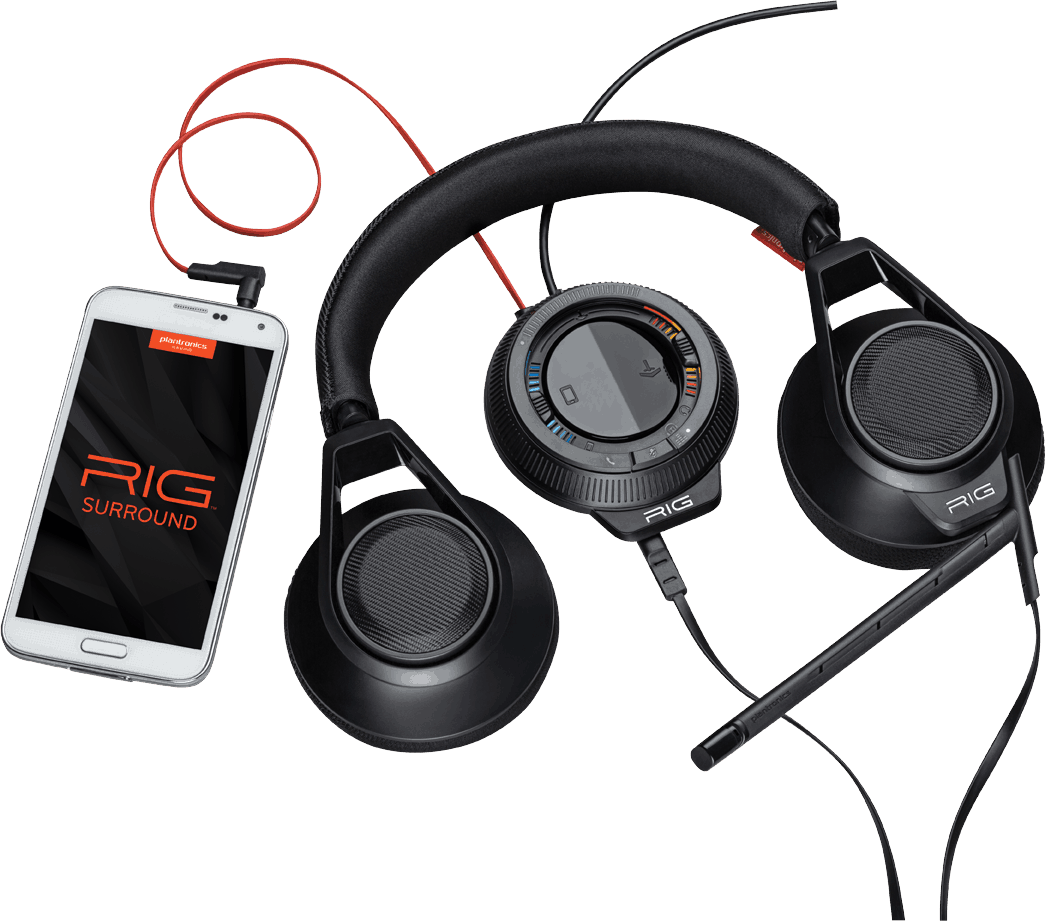If you’re a gamer turning to streaming to make money or share your game sessions, you must know how to connect a gaming headset to audio interface devices. This interface enables greater control over the audio mix and noise issues for your videos and the best gaming headset.
KEY TAKEAWAYS:
- Your microphone requires a separate cord than your headset because of the differences between “audio in” and “audio out” ports.
- If you want to use wireless headsets with a USB dongle, you need a separate cable for the microphone.
- The two common audio cord sizes for an audio interface are 3.5 mm and 6.3 mm sizes.
You connect to a USB audio interface, a 6.3 audio interface, or a 3.5 mm audio interface to your gaming console or computer. Then, you take your headset and plug it into the specified ports on the interface. If you are interested in gaming without an audio interface, learn how to connect a gaming headset to a mac.
How to Plug a Gaming Headset into an Audio Interface
First, choose your audio interface and your wired gaming headset. Some wireless models with a USB dongle may work with the audio interface, but you should check before buying your new product. You will need to adjust the audio input devices and mic input as you switch between playback devices. Additionally, if you switch to another application mode, you may need to adjust the mix.
Insider Tip
You can use a 3.5 mm cable with two prongs with an audio interface.
Read on to learn how to use a USB dongle with a USB headset, 6.3 mm cable, or 3.5 mm cable to connect to an audio interface using your gaming headset. In addition, you might be interested in checking how to connect a gaming headset to a PS3 if you have this generation of Playstation.
Method 1: Connecting to an Audio Interface with a USB Dongle
- Time to Complete: 5 minutes
- Difficulty: Easy
- Tools Needed:
- Console or computer
- Audio interface
- USB gaming headset
- USB dongle
- Steps: 3
STEP 1
Set the audio interface up as described in your product manual. If your device did not have a hard copy of the manual, you most likely could find the booklet on the manufacturer’s website. Some brands offer functionality to search by your product name. You might need to download the appropriate drivers. Make sure your audio device is connected to power.
STEP 2
Plug your USB dongle into a USB port on the audio panel. These will all be shaped like a USB-A port. As a note, you most likely will need a separate microphone for input.
STEP 3
Insert your 3.5 mm microphone cord into the “Mic In” audio port. Most of these ports have a marking indicating what they connect to. If there is no symbol over or under the port, check your user’s manual or the manufacturer’s website to find where to plug it in.
Method 2: Connecting to an Audio Interface with a 6.3 mm Cable
- Time to Complete: 5 minutes
- Difficulty: Easy
- Tools Needed:
- Console or computer
- Audio interface
- Wired gaming headset with 6.3 mm cable
- Steps: 3
STEP 1
Set up your audio interface panel per the directions in your user’s manual. Again, check the manufacturer’s website if you cannot find or did not receive your product information. Your audio device requires power to interpret signals from the headphone jack and headset microphones.
STEP 2
Plug the 6.3 mm audio wire into the designated port. This feature looks like a larger version of a 3.5 mm audio port. However, this port is an “audio out port,” so you will not be able to use a microphone that plugs into it.
STEP 3
Insert your microphone into the designated port. You probably want a 3.5 mm microphone cable because most audio interfaces include this size. Your headset will not require power since it will be connected to “phantom power.” However, you may need additional plugs to get stereo sound instead of mono.
Method 3: Connecting to an Audio Interface with a 3.5 mm Cable
- Time to Complete: 5 minutes
- Difficulty: Easy
- Tools Needed:
- Console or computer
- Audio interface
- Wired gaming headset with 3.5 mm cable
- Steps: 3
STEP 1
Follow the instructions in your user’s manual for setting up your audio interface. You will need to plug the cords from your console or computer into an “audio in” jack, allowing the device to adjust each component as you want. Your interface needs power, allowing you to control the sound quality for games and other entertainment.
STEP 2
Insert the 3.5 mm audio cord into the primary “audio out” port. If your gaming headset has two cables, the microphone cable plugs into the “Mic In” port. You need a separate microphone if you have a headset with one audio cable.
STEP 3
Plug into the “Mic In” position for a microphone separate from your headset. The headset does not need to be plugged into power to run, instead using phantom power
Warning
If you have a headset with a USB dongle, you need a separate microphone to plug into the “Mic In” jack.
F.A.Q.S
Why does audio from my headset sound unusual?
Your mix may be off, so the treble or bass may be louder than normal. If you use a gaming headset for watching a movie, the movie audio will have more bass because gaming headsets are bass-heavy.
Why can’t I get sound in from my headset mic?
You need a separate plug for your microphone, meaning you probably need a second microphone. The headset plugs into the “audio out” port if you get the game audio through the interface. Your microphone requires an “audio in” port.
Can you plug a headset mic into an audio interface?
If your wired headset has a dual plug, you can connect it to the audio interface and use the microphone, meaning separate lines for input and output. However, if you only have a USB dongle or a single prong 3.5 mm cable, you need a separate microphone or output method.
STAT: The common audio interfaces are USB, 6.3mm, and 3.5mm jack. (source)
REFERENCES:
- https://us.msi.com/support/technical_details/MB_Audio_PortInstall
- https://support.focusrite.com/hc/en-gb/articles/360001319569-Why-can-t-I-get-sound-in-from-my-headset-mic-
- https://www.youtube.com/watch?v=V0hpcZSnv-Mr
- https://www.youtube.com/watch?v=vy1-8sDksT4
- https://www.youtube.com/watch?v=SSKuNTIK6zw

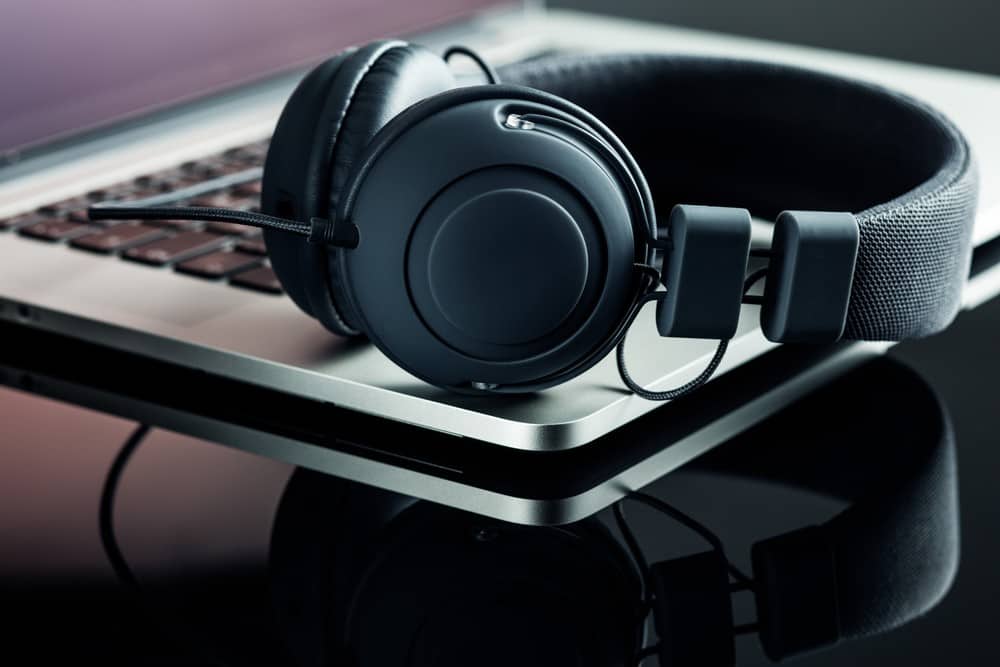













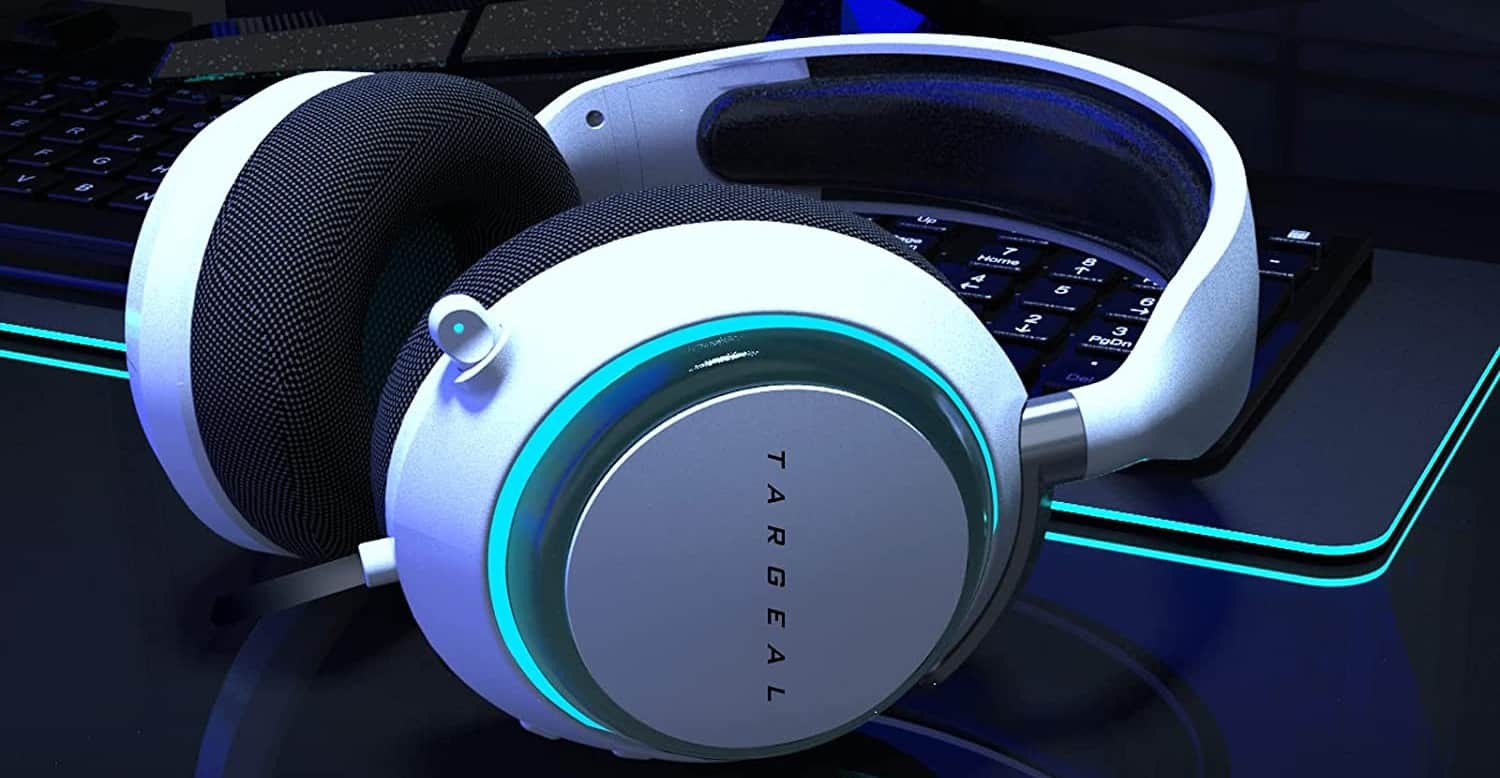
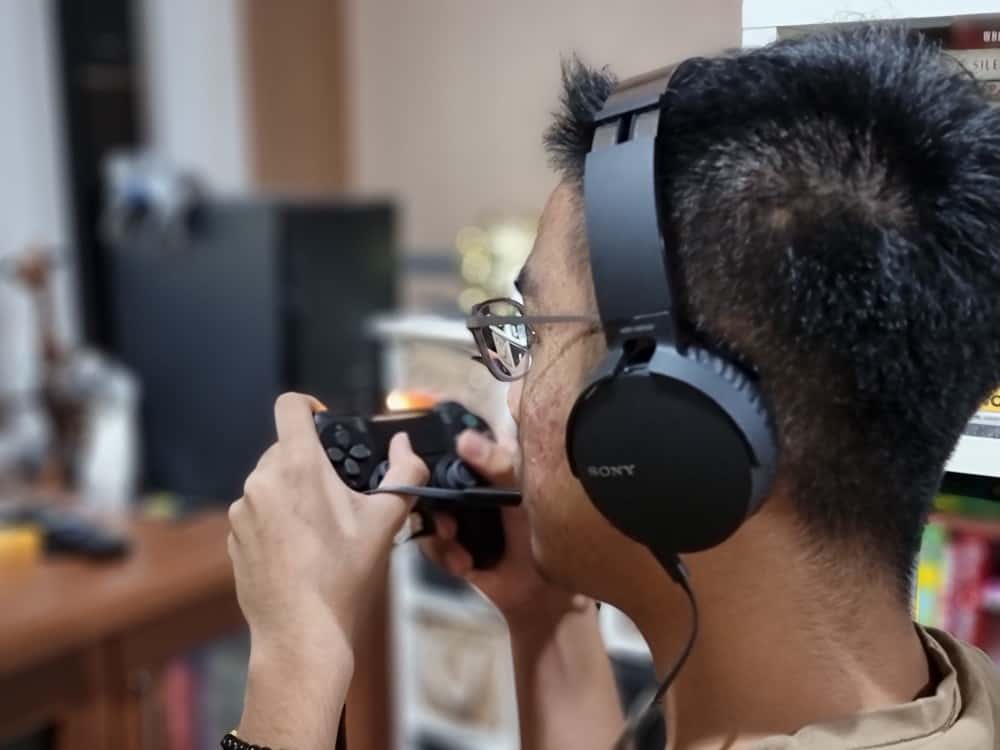
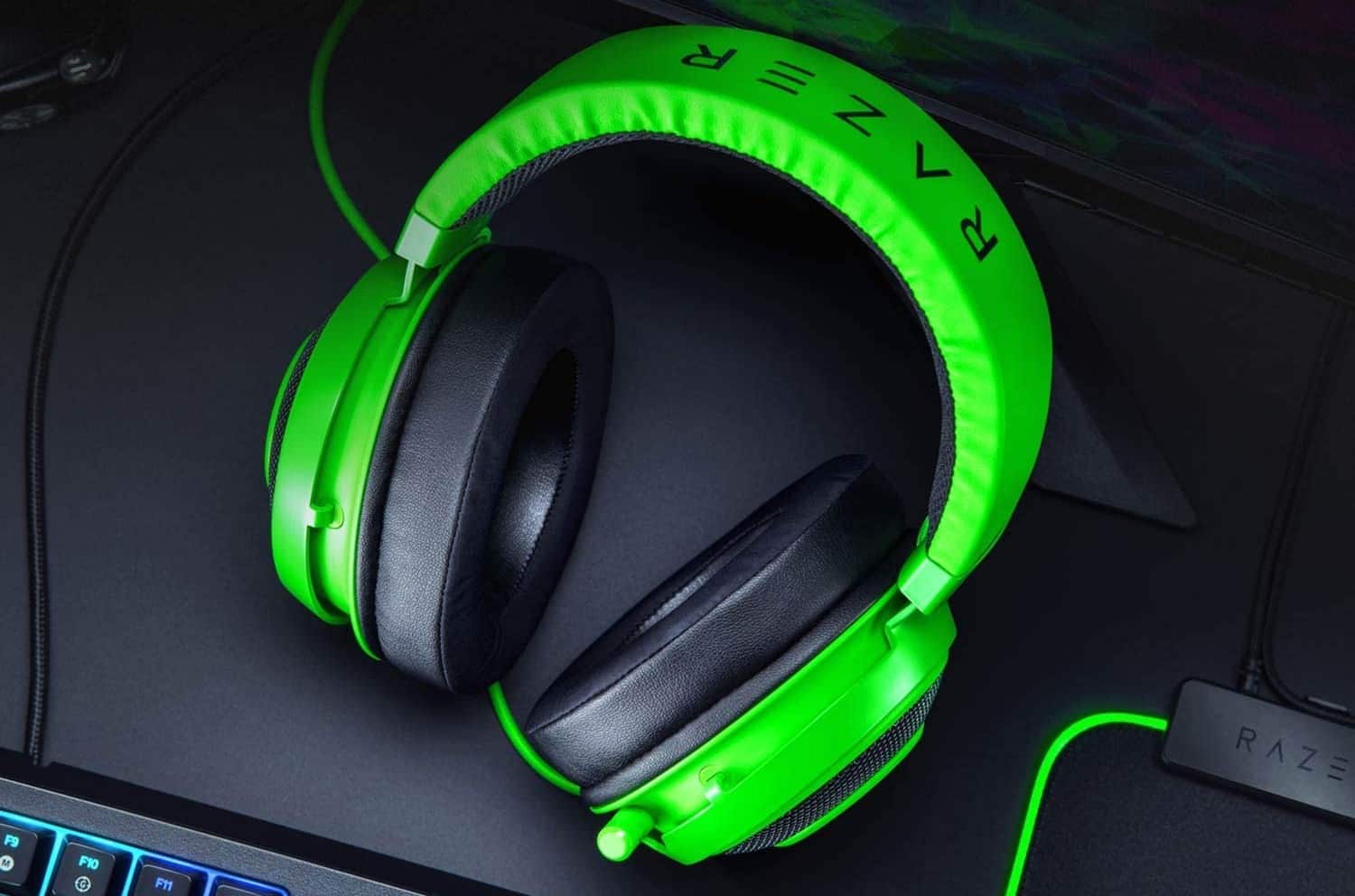
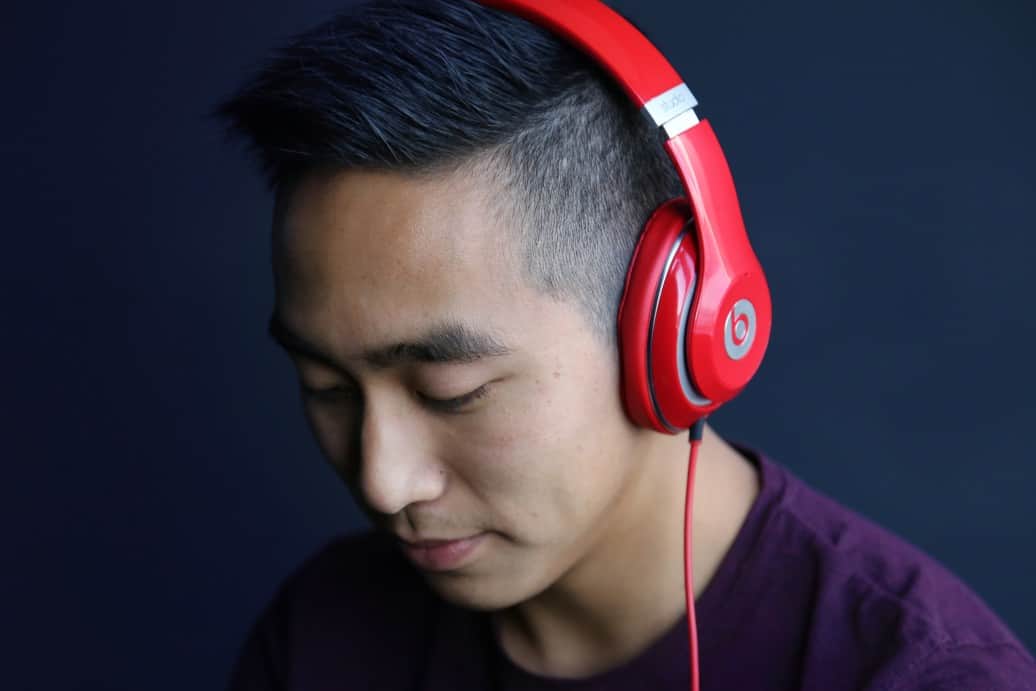
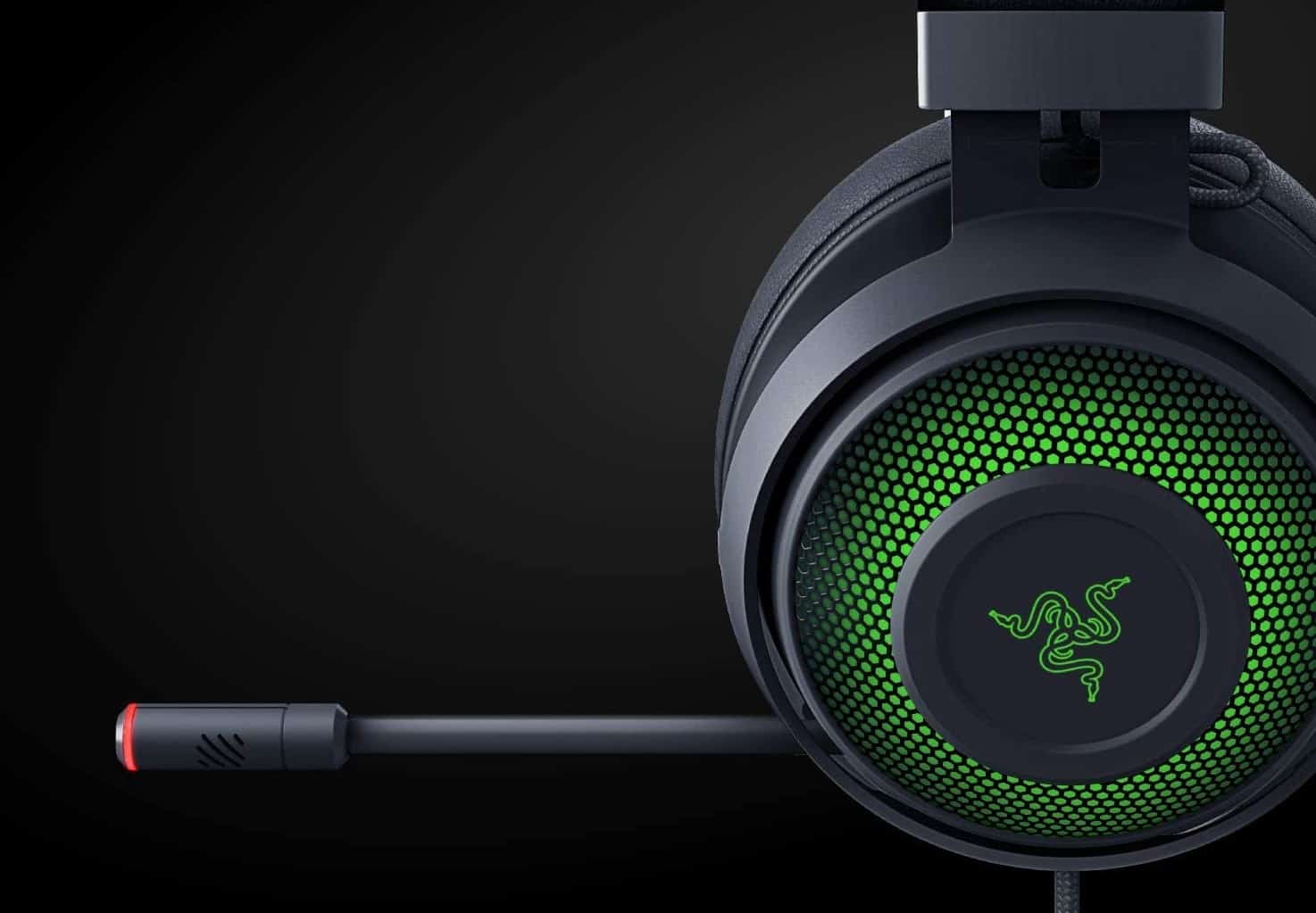
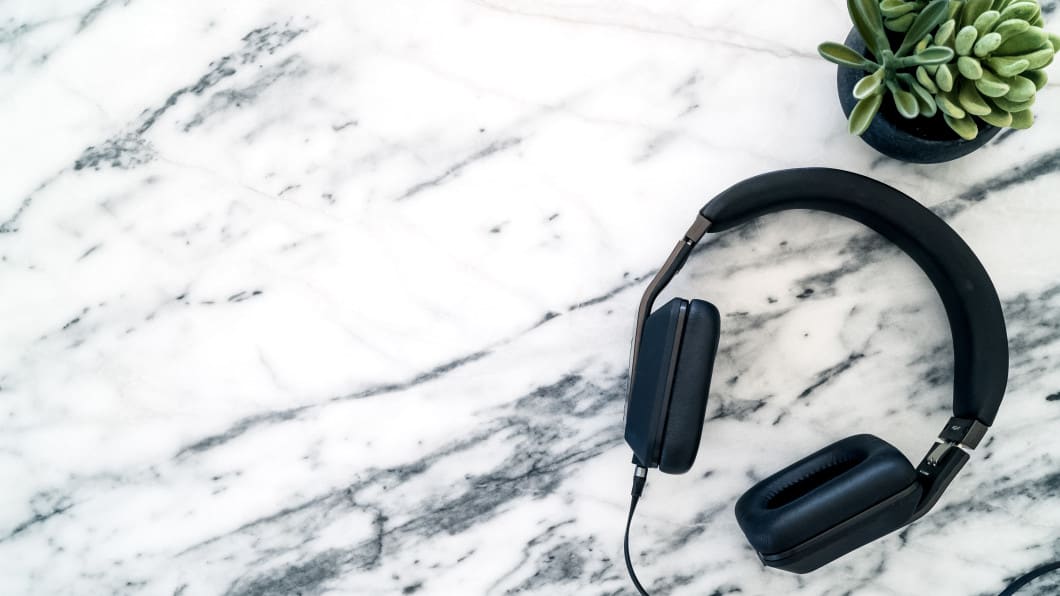
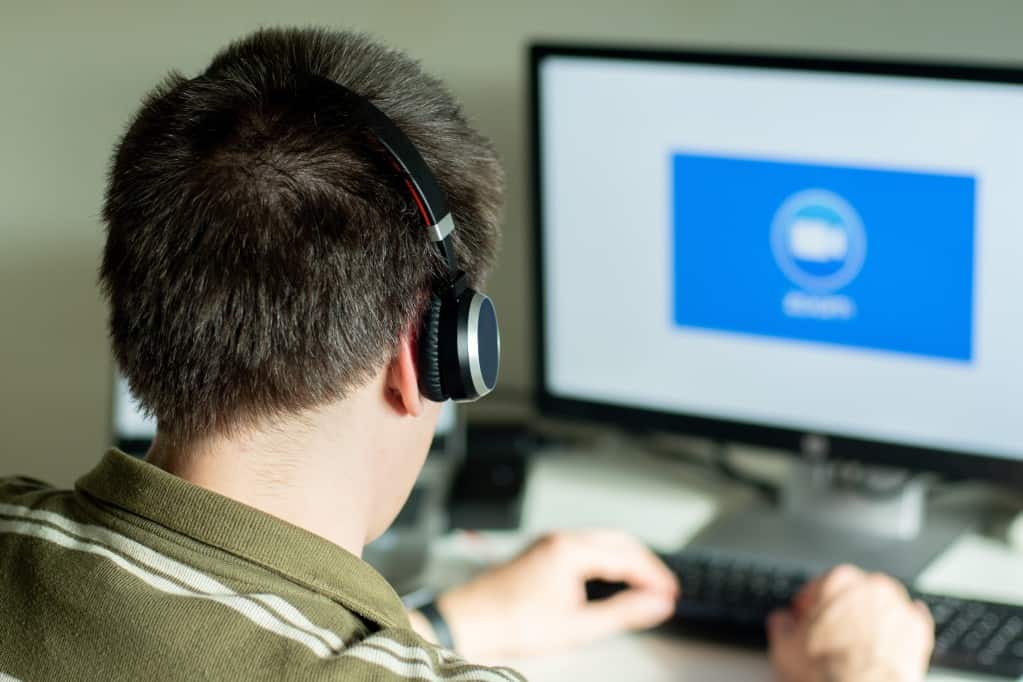
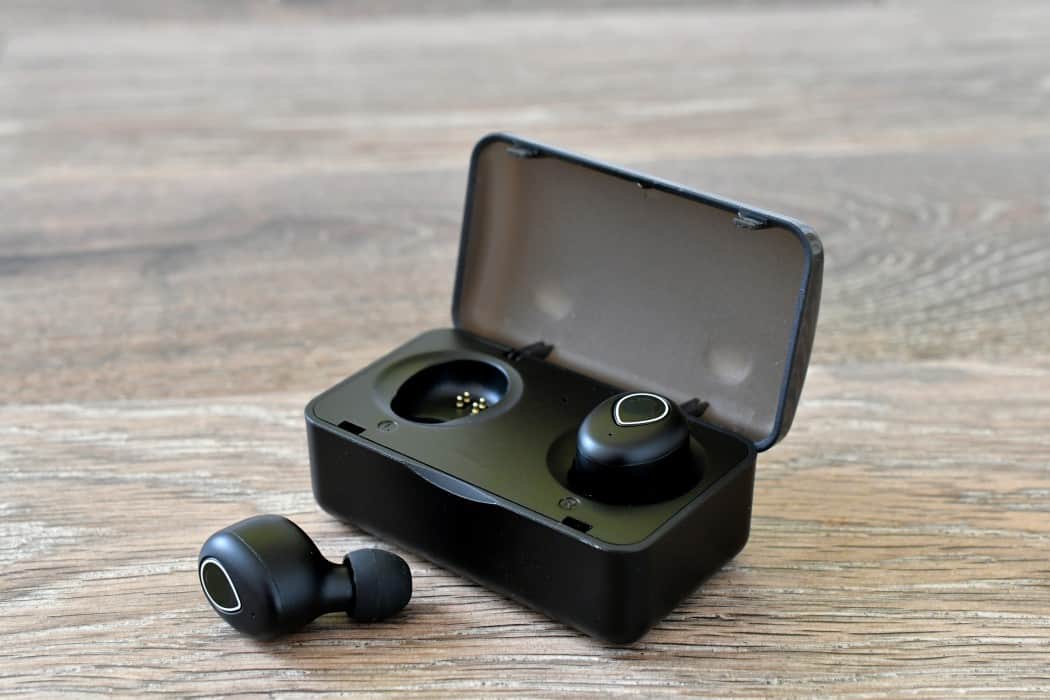
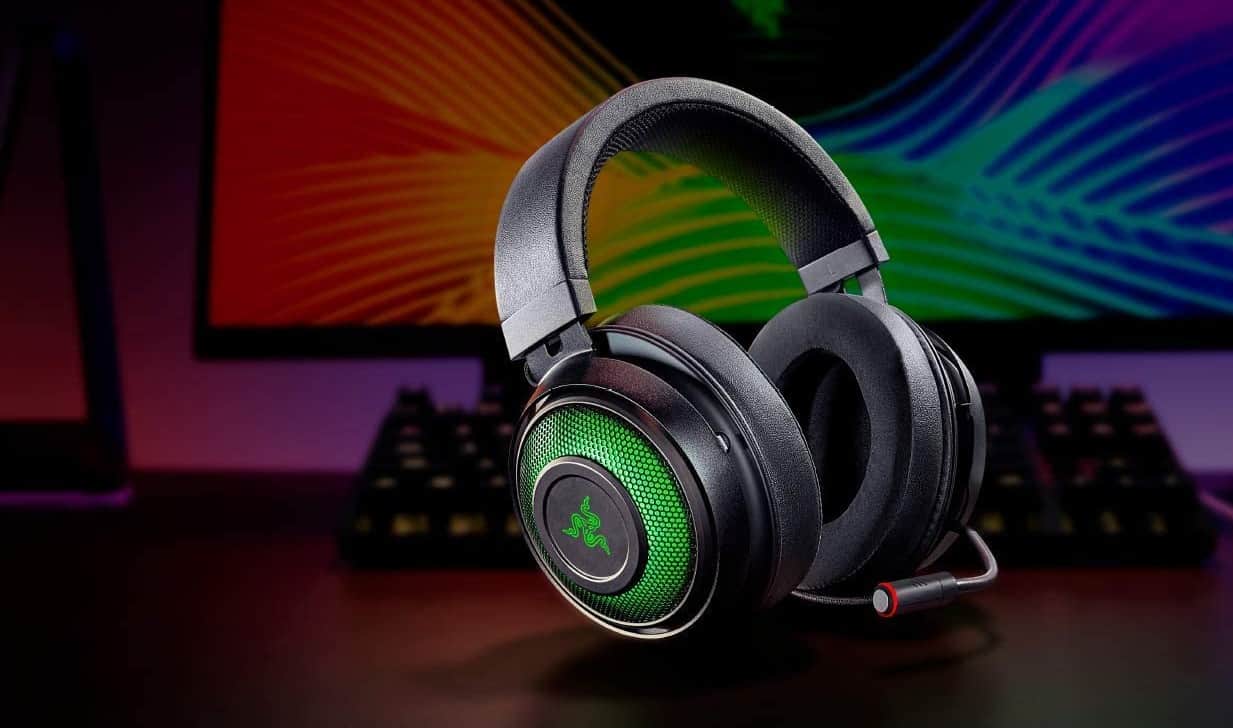
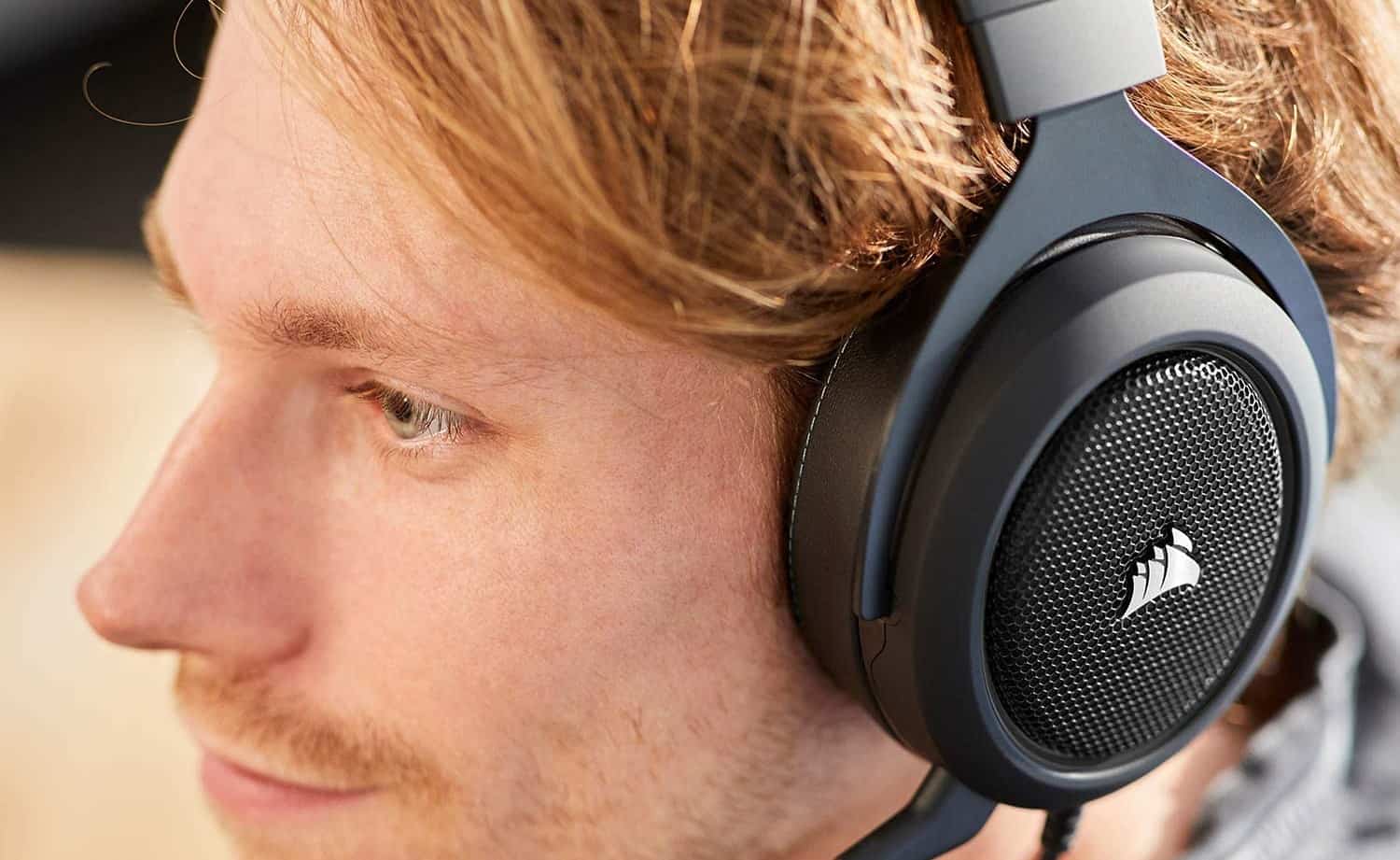
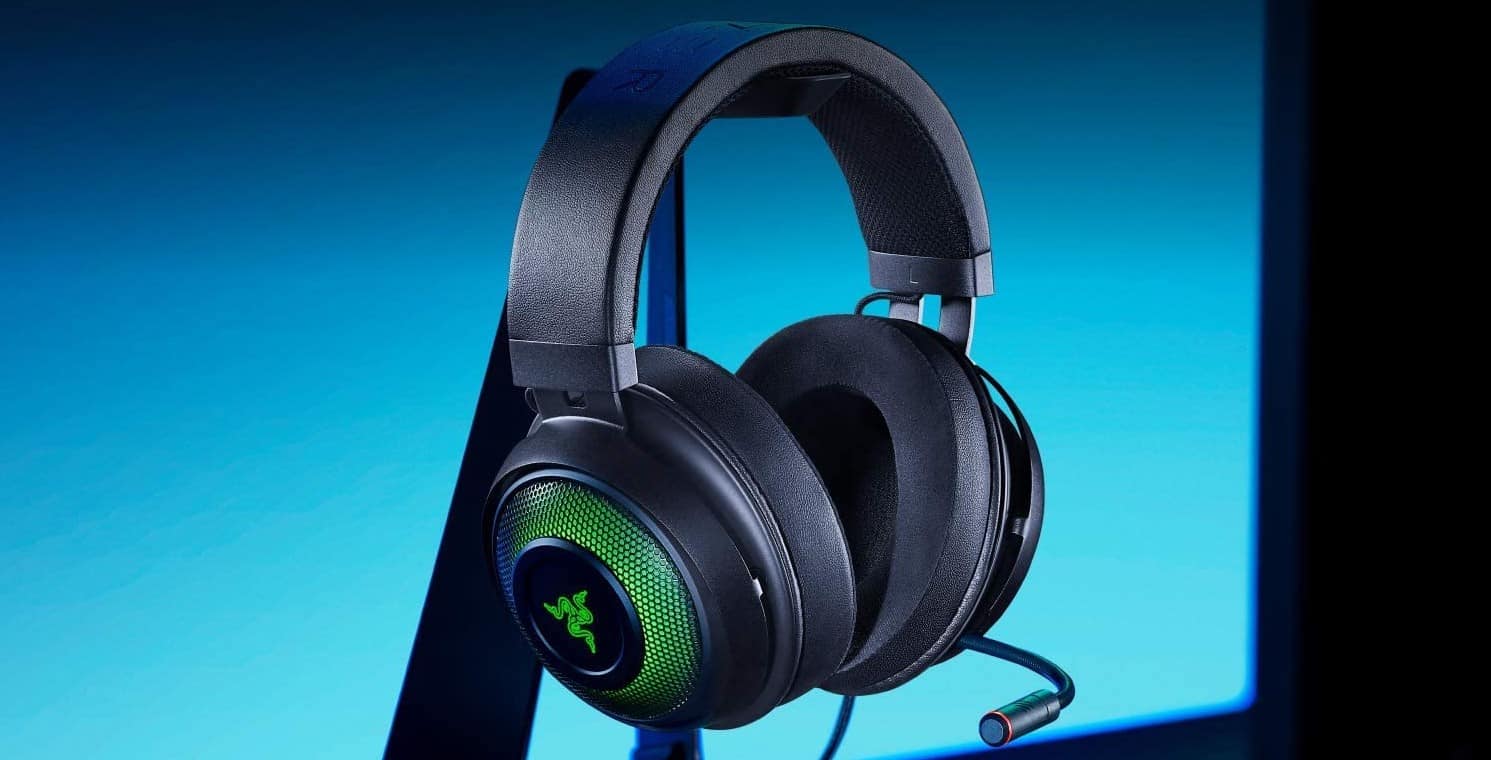
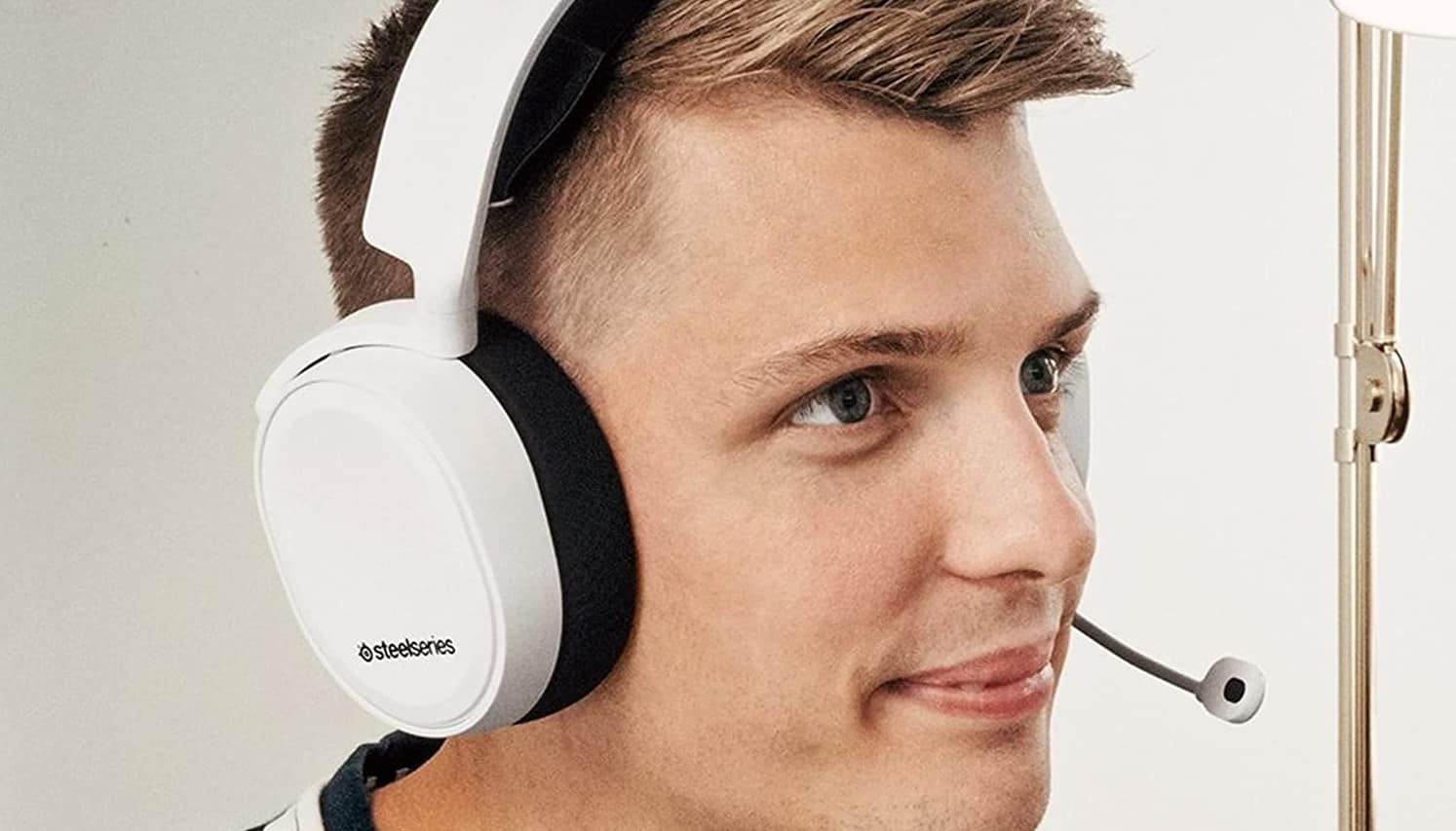
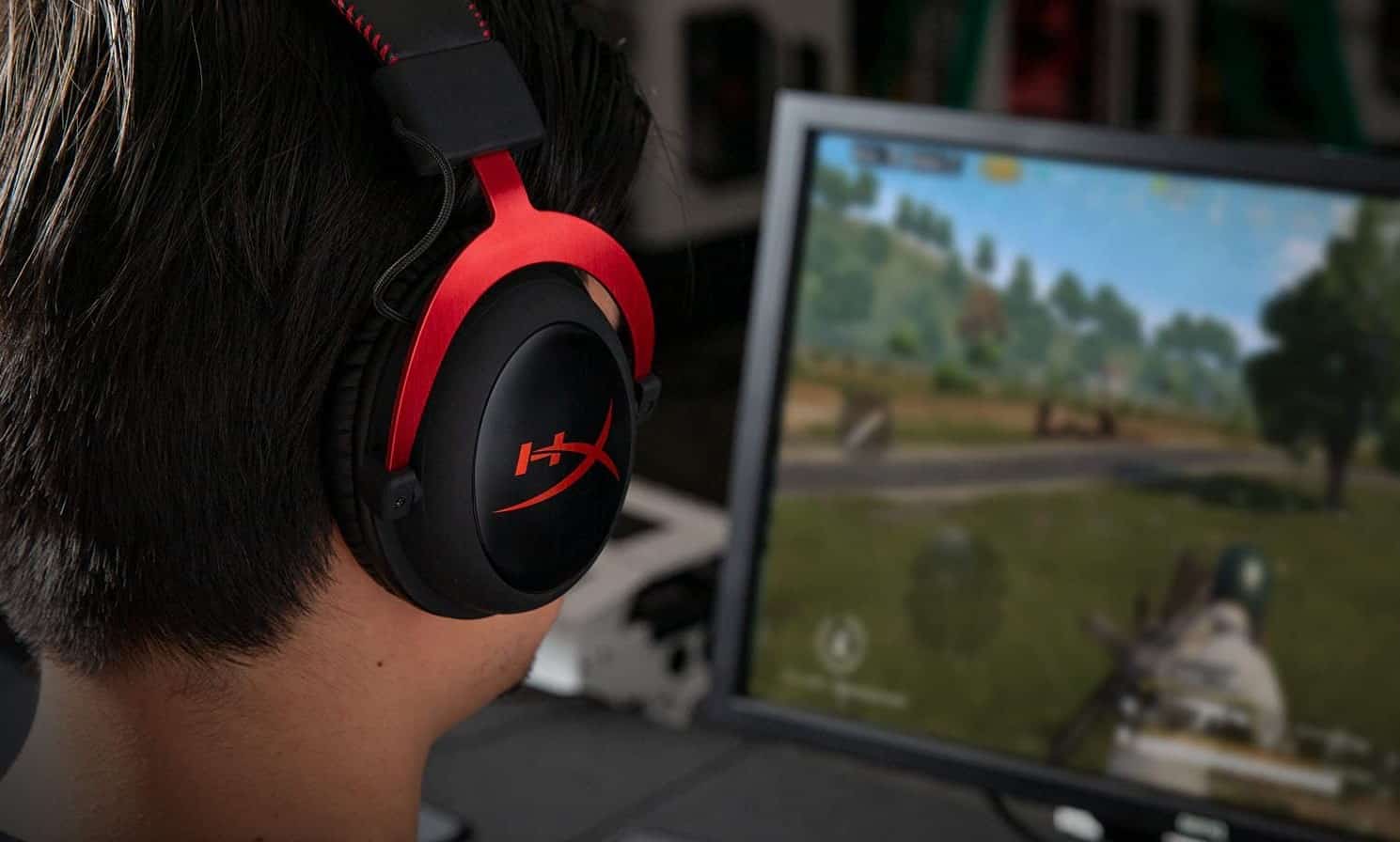
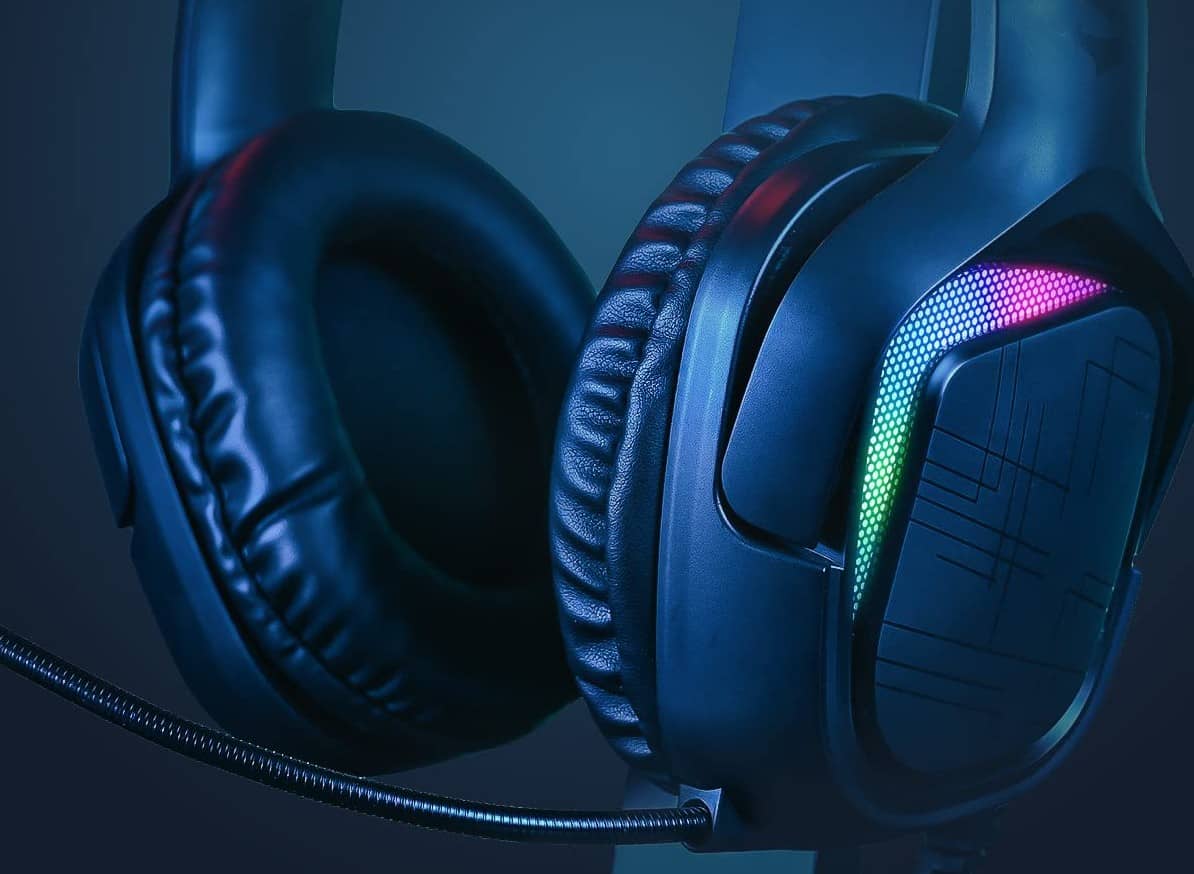
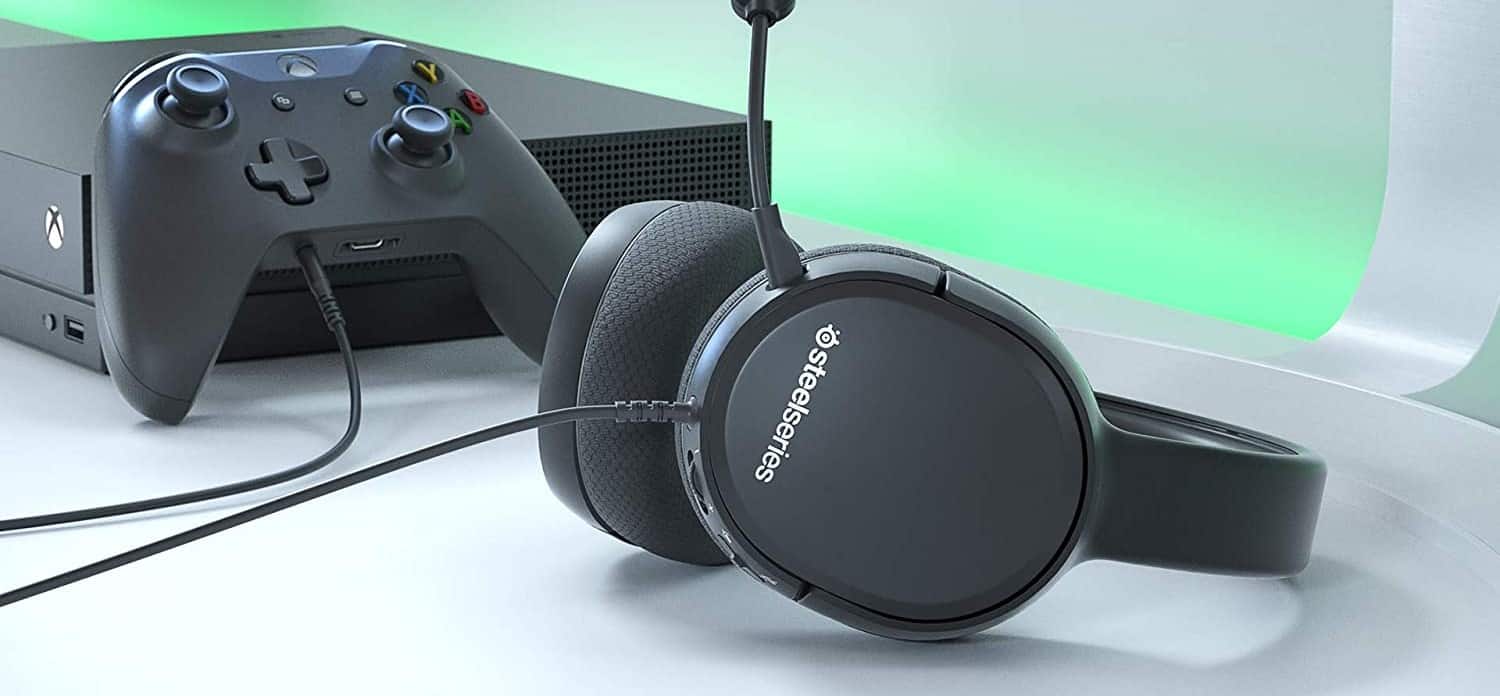
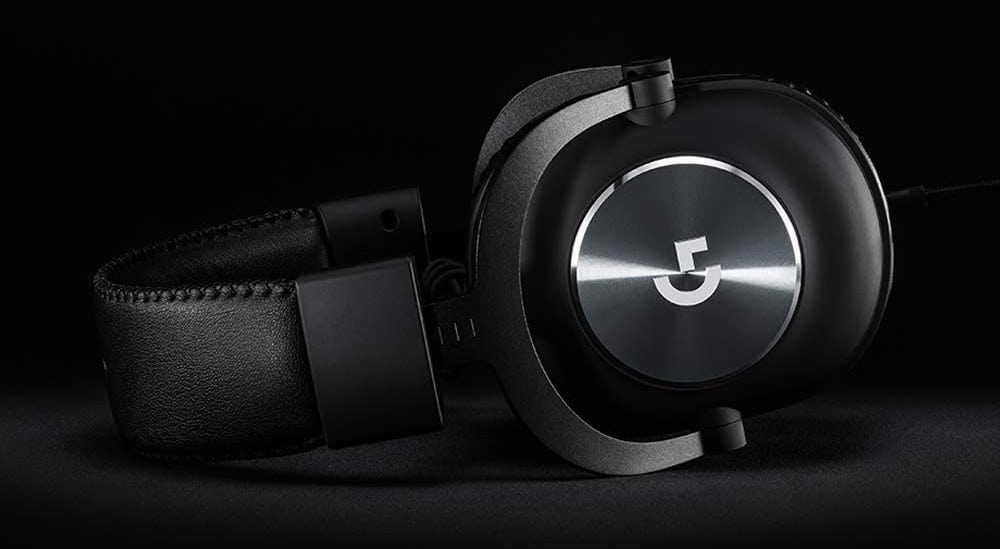
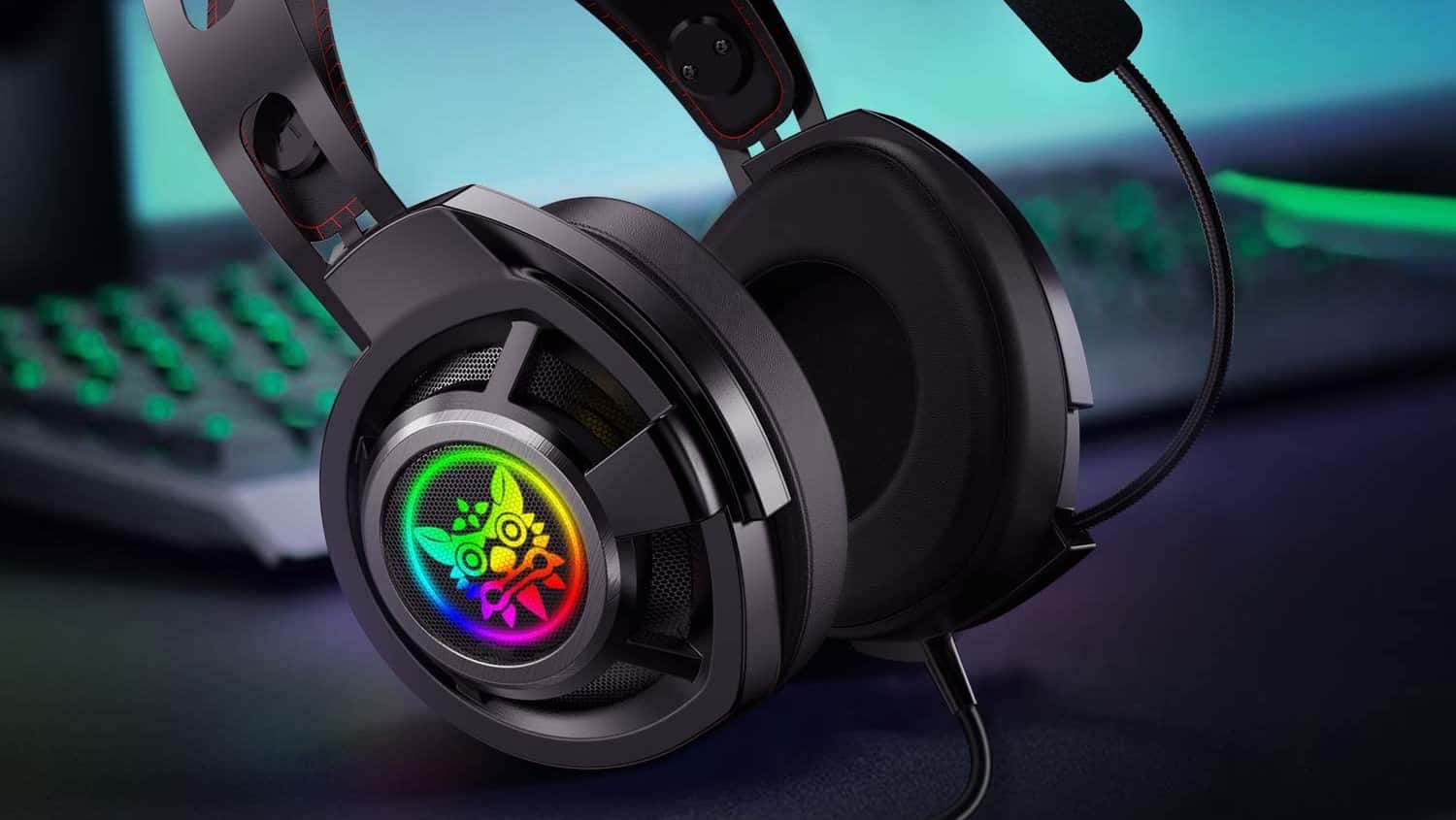
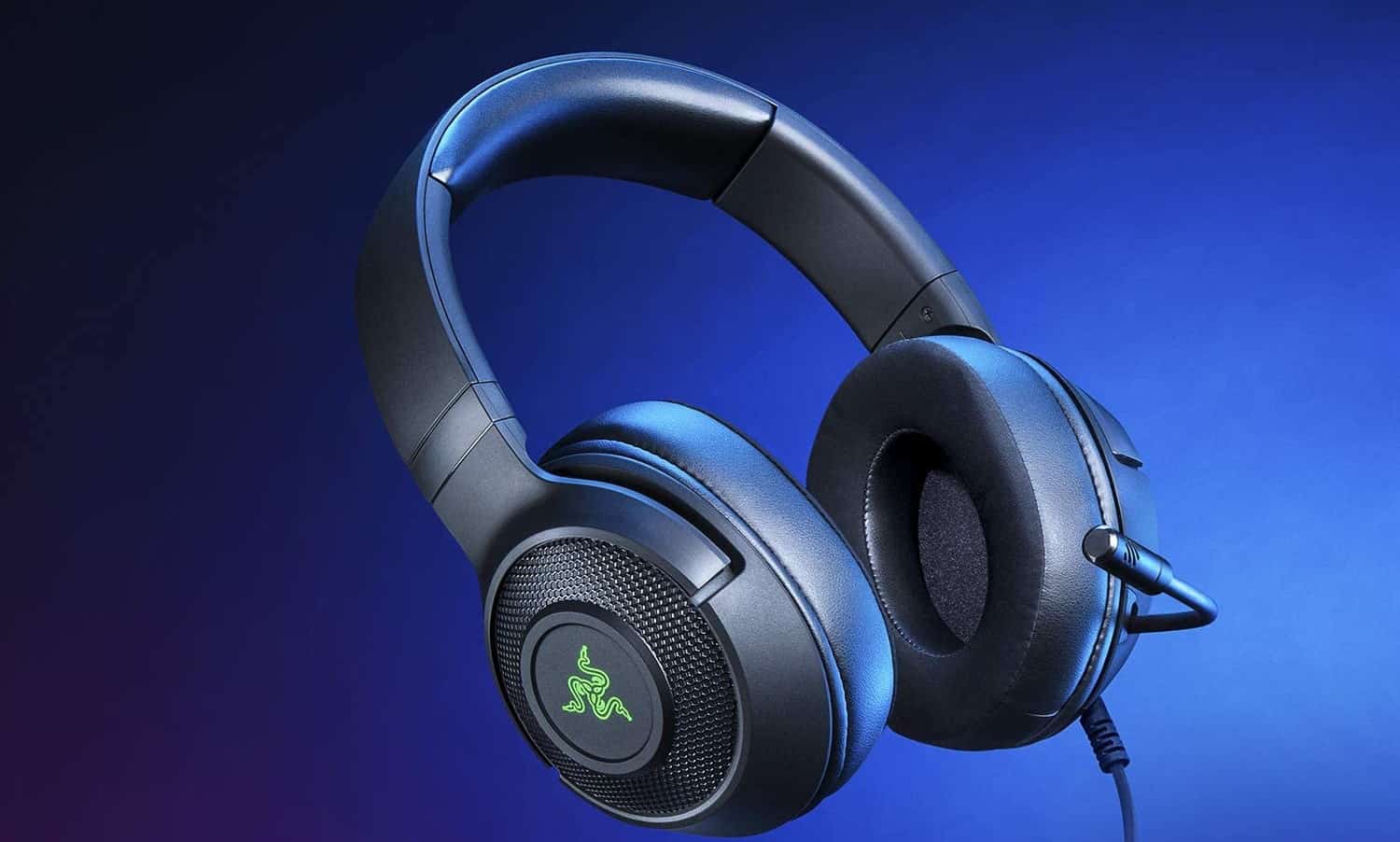
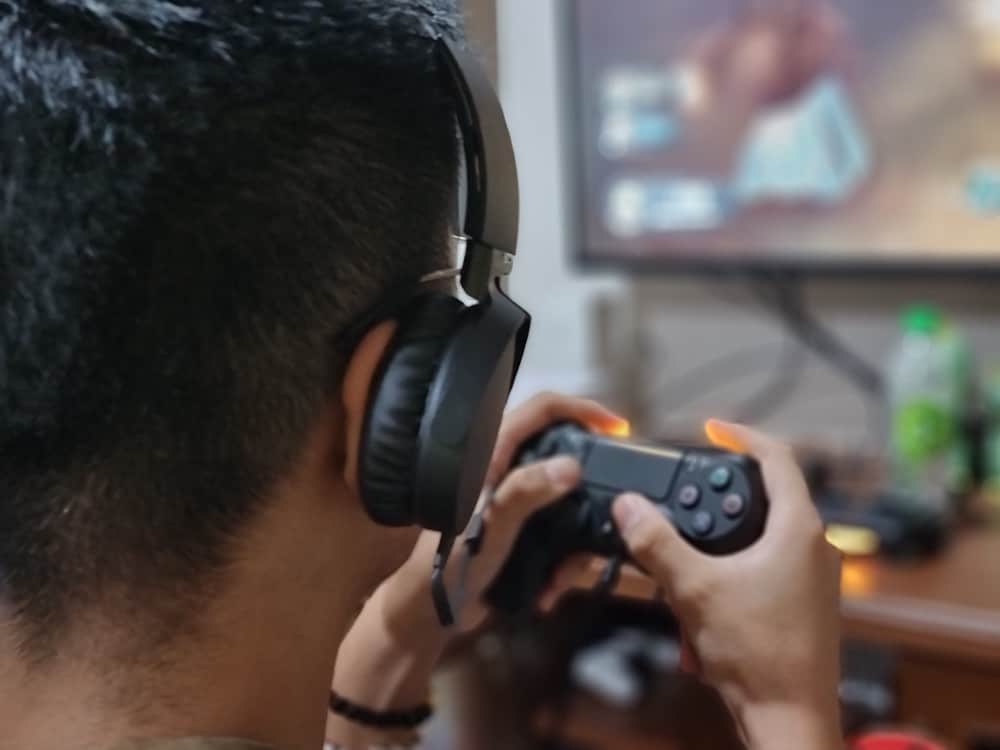

![Best CS:GO Headsets in [year] 27 Best CS:GO Headsets in 2026](https://www.gadgetreview.dev/wp-content/uploads/best-csgo-headset-image.jpg)
![Best Gaming Headset for Glasses Wearers in [year] 28 Best Gaming Headset for Glasses Wearers in 2026](https://www.gadgetreview.dev/wp-content/uploads/best-gaming-headset-for-glasses-wearers-image.jpg)
![Best Bose Gaming Headsets in [year] 29 Best Bose Gaming Headsets in 2026](https://www.gadgetreview.dev/wp-content/uploads/best-bose-gaming-headset-image.jpg)
![Best Gaming Headsets for Big Heads in [year] 30 Best Gaming Headsets for Big Heads in 2026](https://www.gadgetreview.dev/wp-content/uploads/best-gaming-headset-for-big-heads-image.jpg)
![Best HyperX Headsets in [year] 31 Best HyperX Headsets in 2026](https://www.gadgetreview.dev/wp-content/uploads/best-hyperx-headset-image.jpg)
![Best Open Back Gaming Headphones in [year] 32 Best Open Back Gaming Headphones in 2026](https://www.gadgetreview.dev/wp-content/uploads/best-open-back-gaming-headphones-image.jpg)
![Best Alienware Gaming Headsets in [year] 33 Best Alienware Gaming Headsets in 2026](https://www.gadgetreview.dev/wp-content/uploads/best-alienware-gaming-headset-image.jpg)
![Best Audiophile Gaming Headphones in [year] 34 Best Audiophile Gaming Headphones in 2026](https://www.gadgetreview.dev/wp-content/uploads/best-audiophile-gaming-headphones-image.jpg)
![Best Mics for PC Gaming in [year] 35 Best Mics for PC Gaming in 2026](https://www.gadgetreview.dev/wp-content/uploads/best-mic-for-pc-gaming-image.jpg)
![Best Gaming Headsets for Kids in [year] 36 Best Gaming Headsets for Kids in 2026](https://www.gadgetreview.dev/wp-content/uploads/best-gaming-headset-for-kids-image.jpg)
![Best USB Gaming Headsets in [year] 37 Best USB Gaming Headsets in 2026](https://www.gadgetreview.dev/wp-content/uploads/best-usb-gaming-headset-image.jpg)
![Best Headsets for Streaming in [year] 38 Best Headsets for Streaming in 2026](https://www.gadgetreview.dev/wp-content/uploads/best-headset-for-streaming-image.jpg)
![Best Headsets for Nintendo Switch in [year] 39 Best Headsets for Nintendo Switch in 2026](https://www.gadgetreview.dev/wp-content/uploads/best-headset-for-nintendo-switch-image.jpg)
![Best Headsets for Call of Duty in [year] 40 Best Headsets for Call of Duty in 2026](https://www.gadgetreview.dev/wp-content/uploads/best-headset-for-call-of-duty-image.jpg)
![Best Headsets for Fortnite in [year] 41 Best Headsets for Fortnite in 2026](https://www.gadgetreview.dev/wp-content/uploads/best-headset-for-fortnite-image.jpg)
![Best Logitech Headsets in [year] 42 Best Logitech Headsets in 2026](https://www.gadgetreview.dev/wp-content/uploads/best-logitech-headset-image.jpg)
![Best PS5 Headsets in [year] 43 Best PS5 Headsets in 2026](https://www.gadgetreview.dev/wp-content/uploads/best-ps5-headset-image.jpg)
![Best Sony Gaming Headsets in [year] 44 Best Sony Gaming Headsets in 2026](https://www.gadgetreview.dev/wp-content/uploads/best-sony-gaming-headset-image.jpg)
![Best LucidSound Gaming Headsets in [year] 45 Best LucidSound Gaming Headsets in 2026](https://www.gadgetreview.dev/wp-content/uploads/best-lucidsound-gaming-headset-image.jpg)
![Best Razer Gaming Headsets in [year] 46 Best Razer Gaming Headsets in 2026](https://www.gadgetreview.dev/wp-content/uploads/best-razer-gaming-headset-image.jpg)
